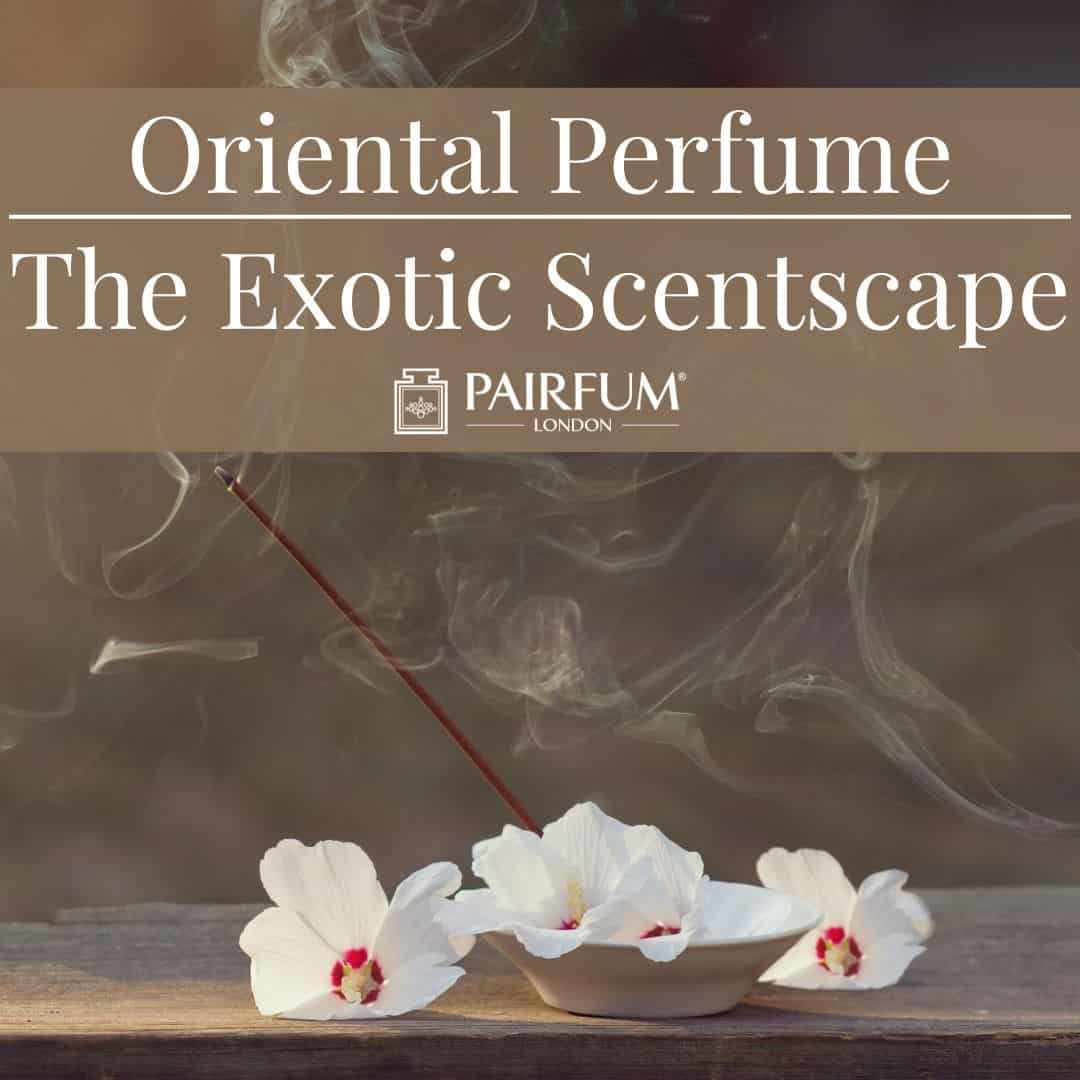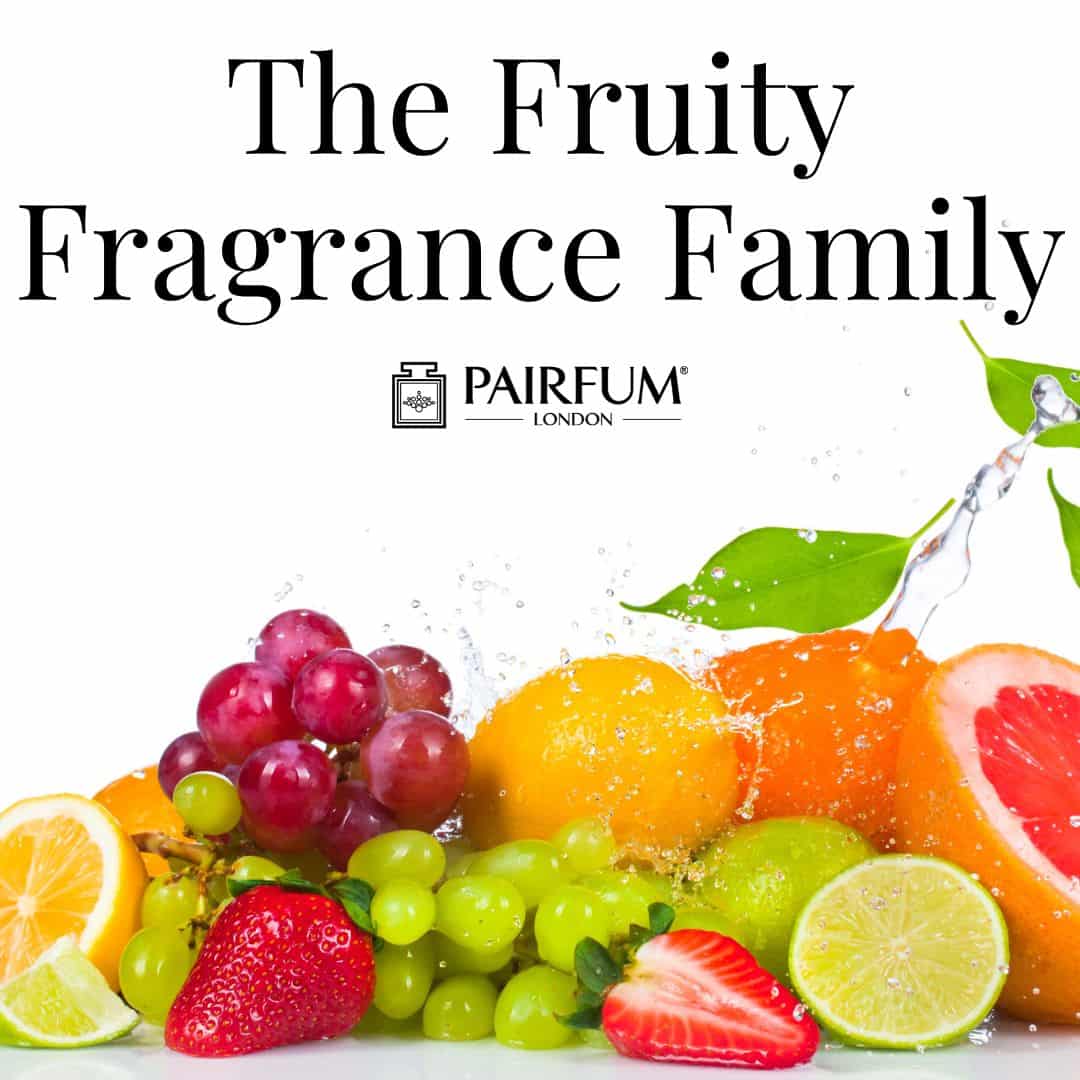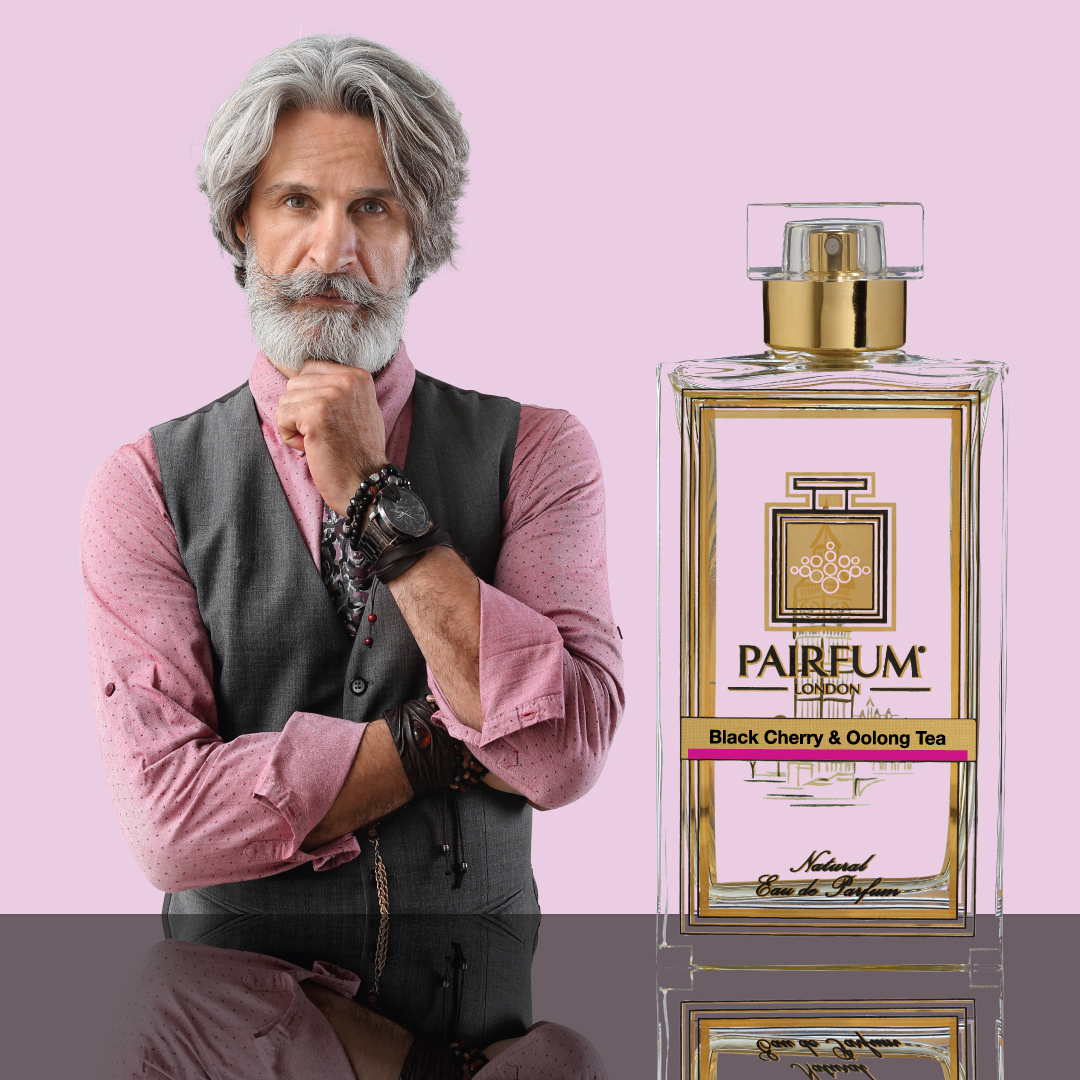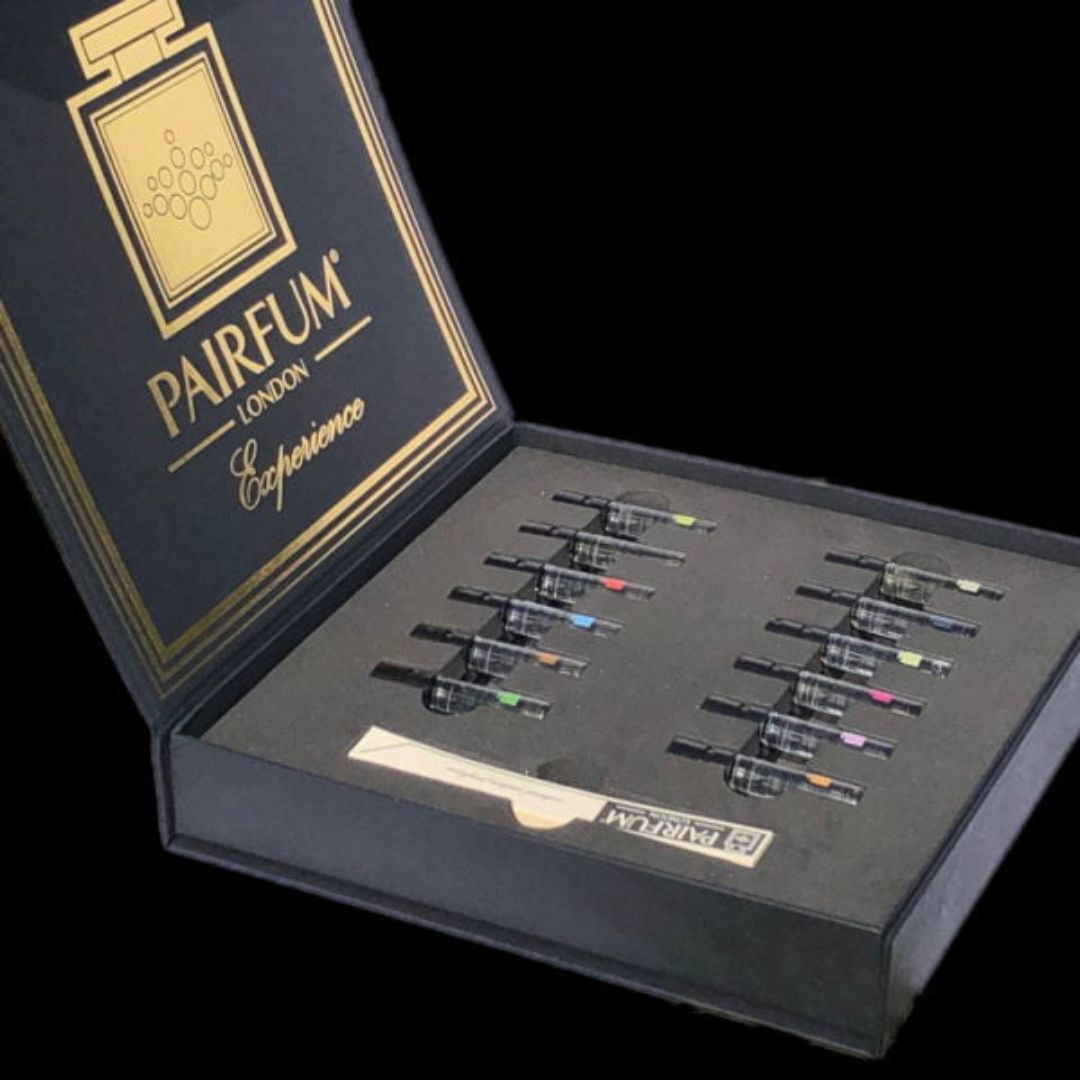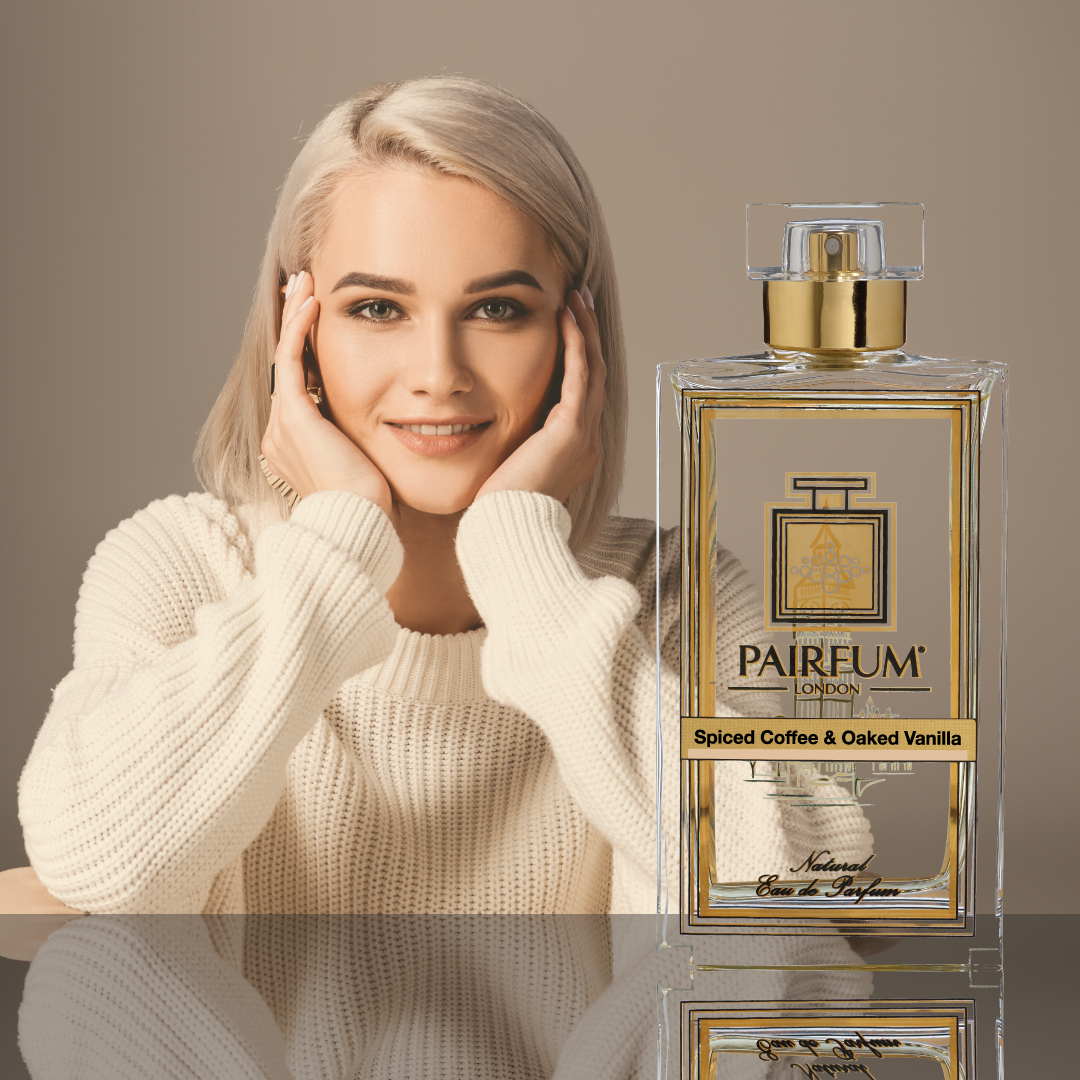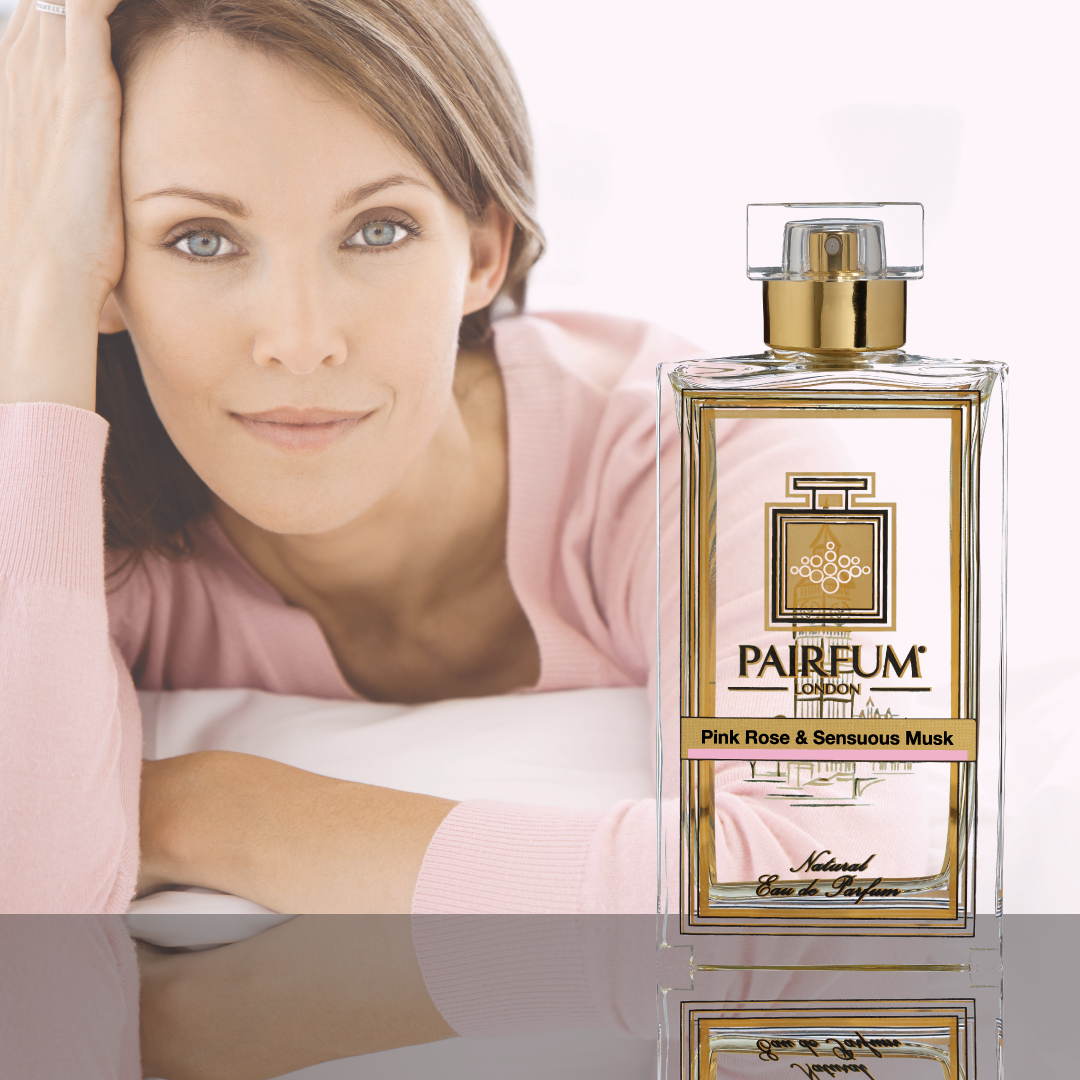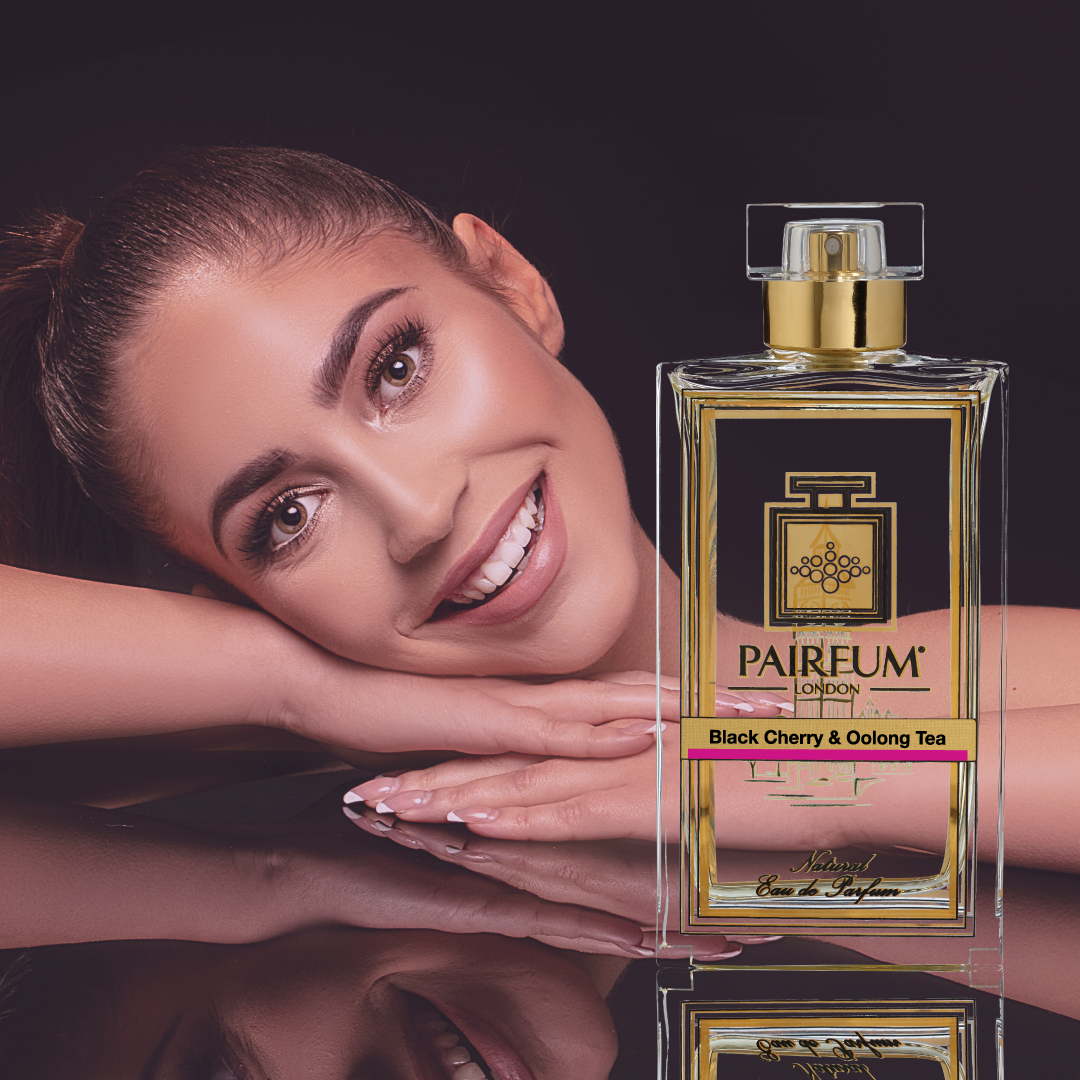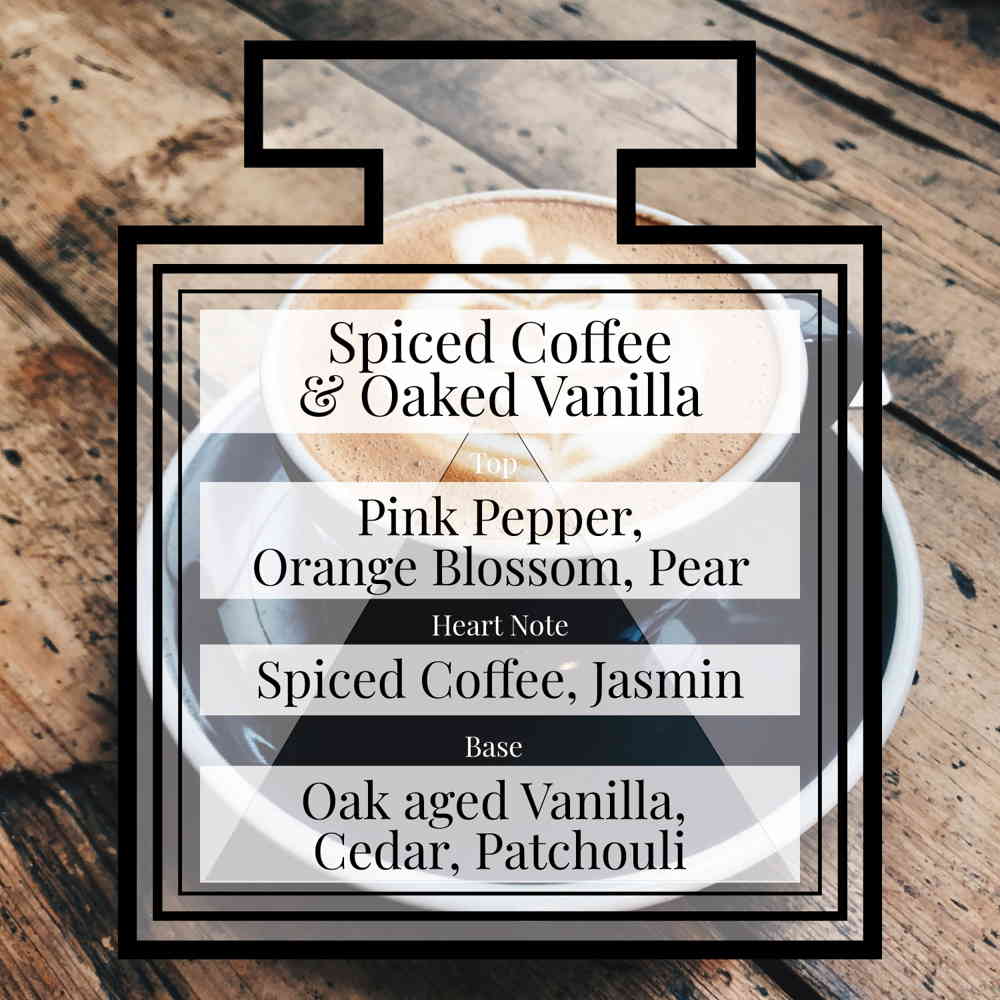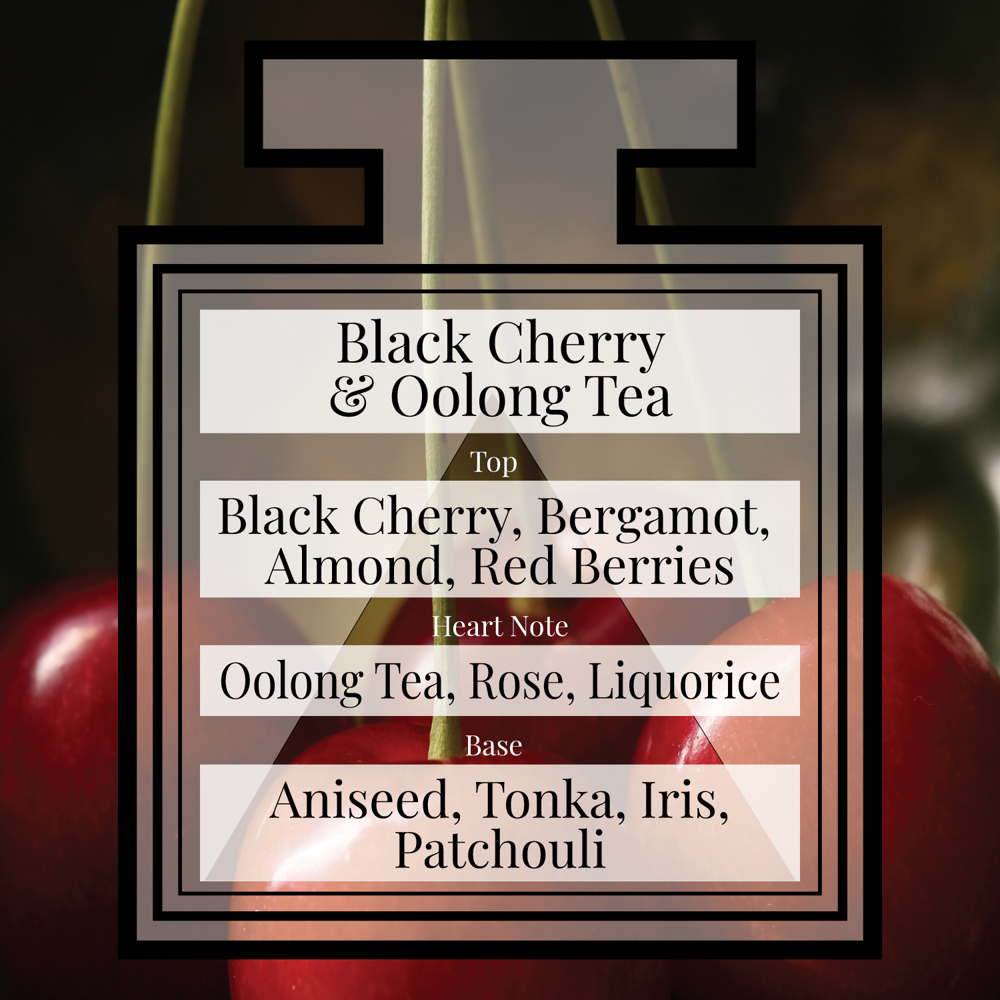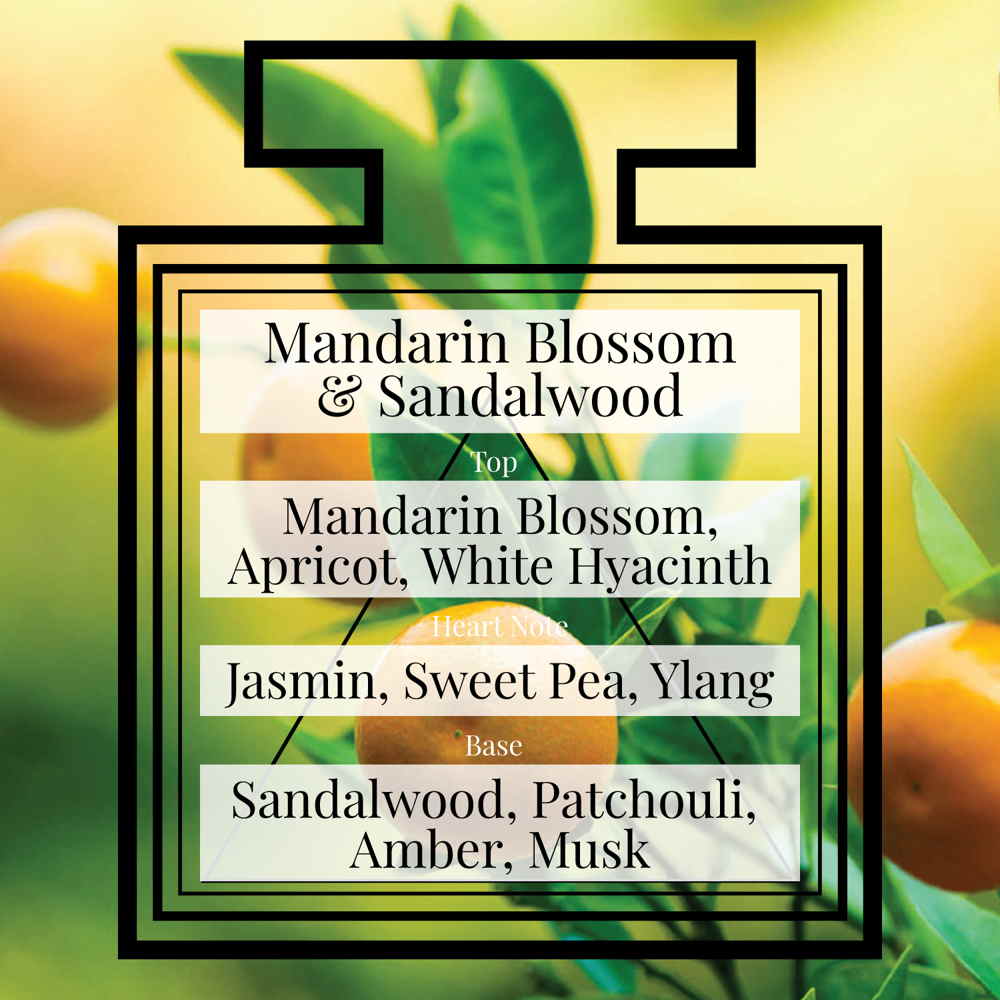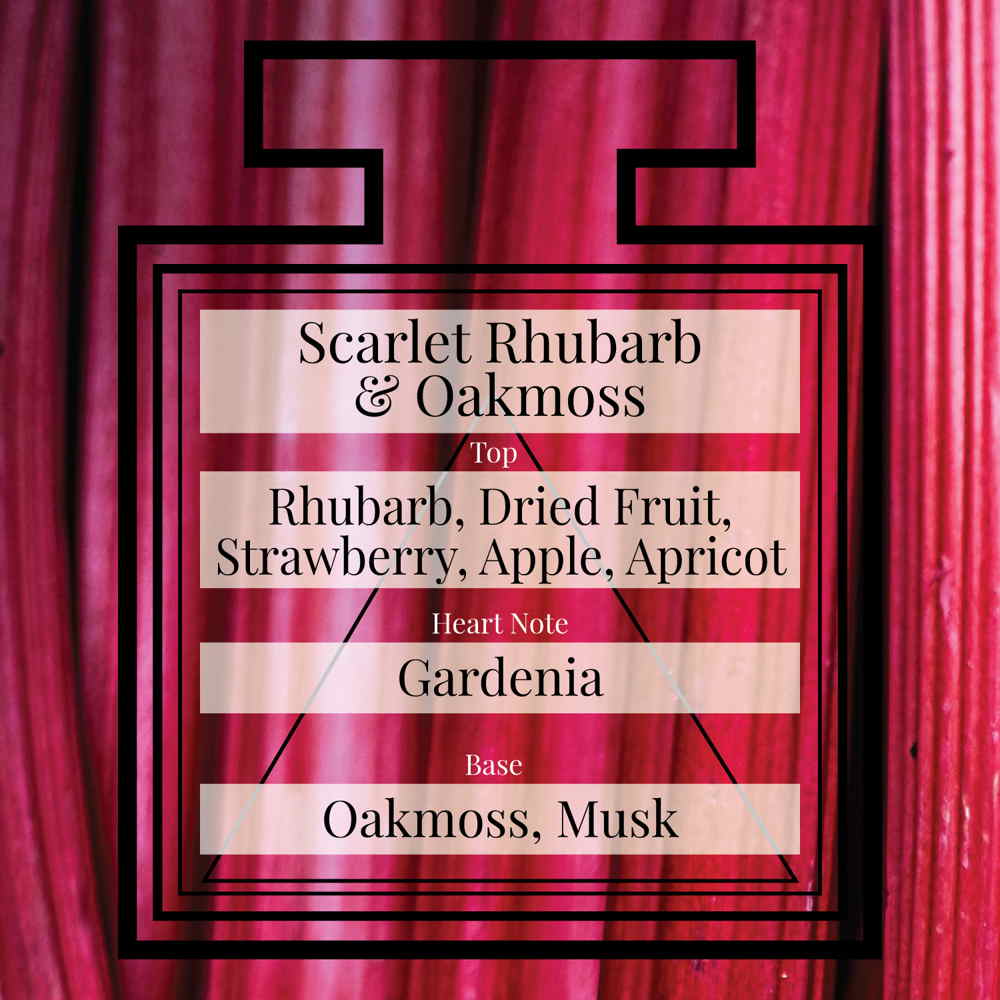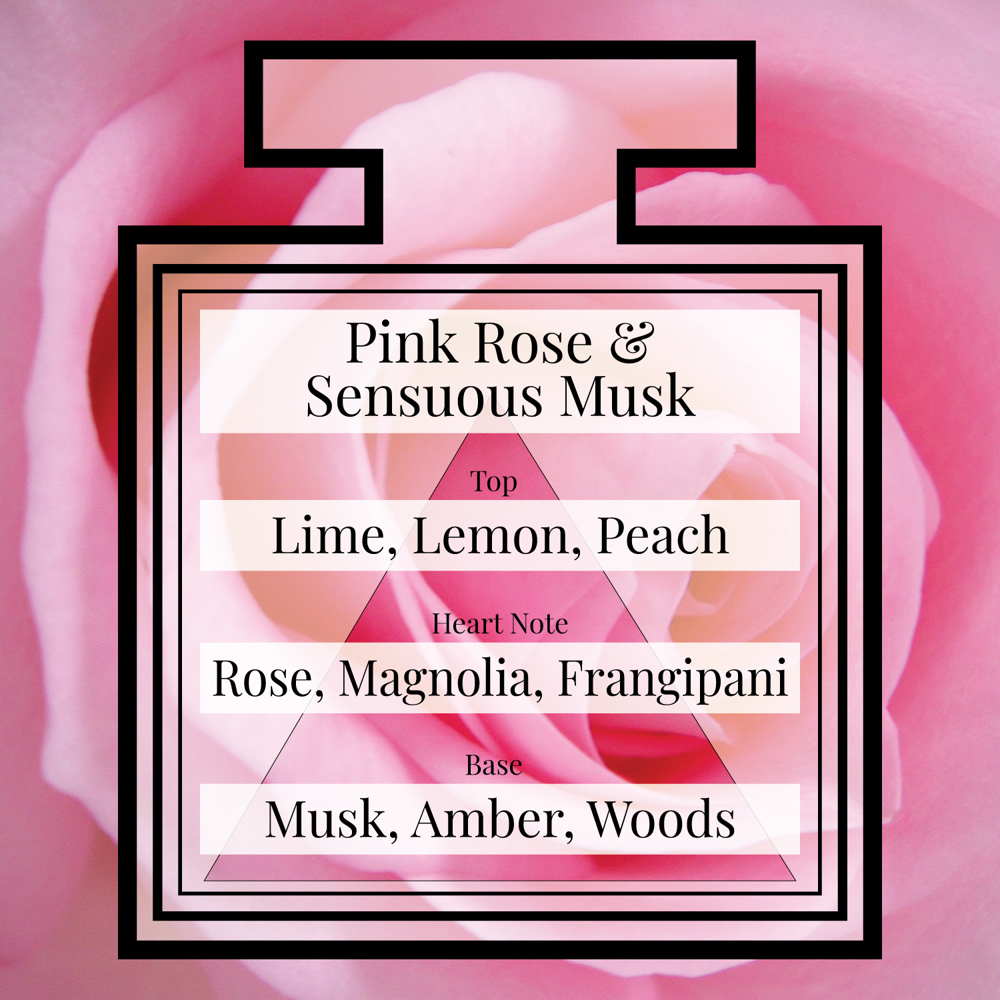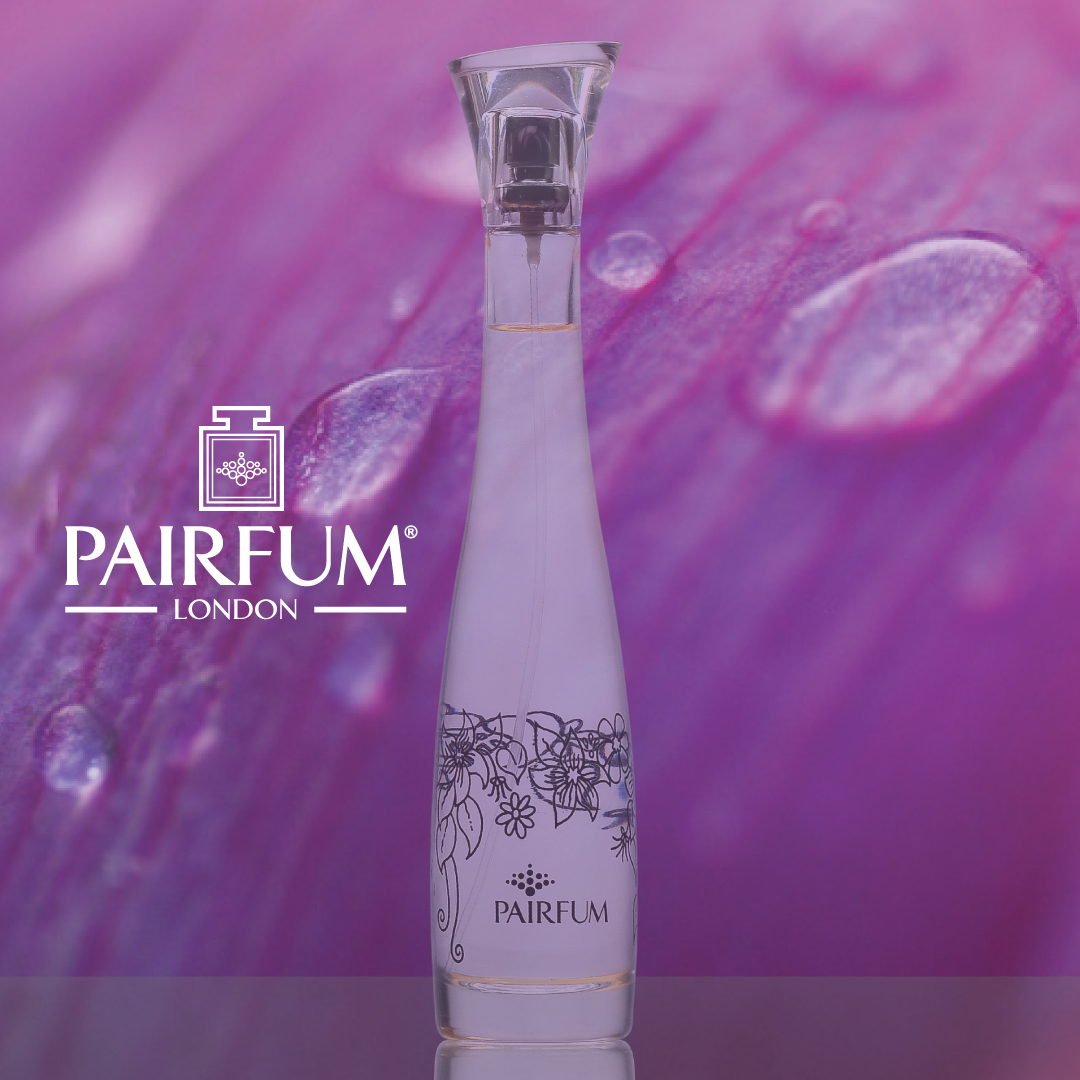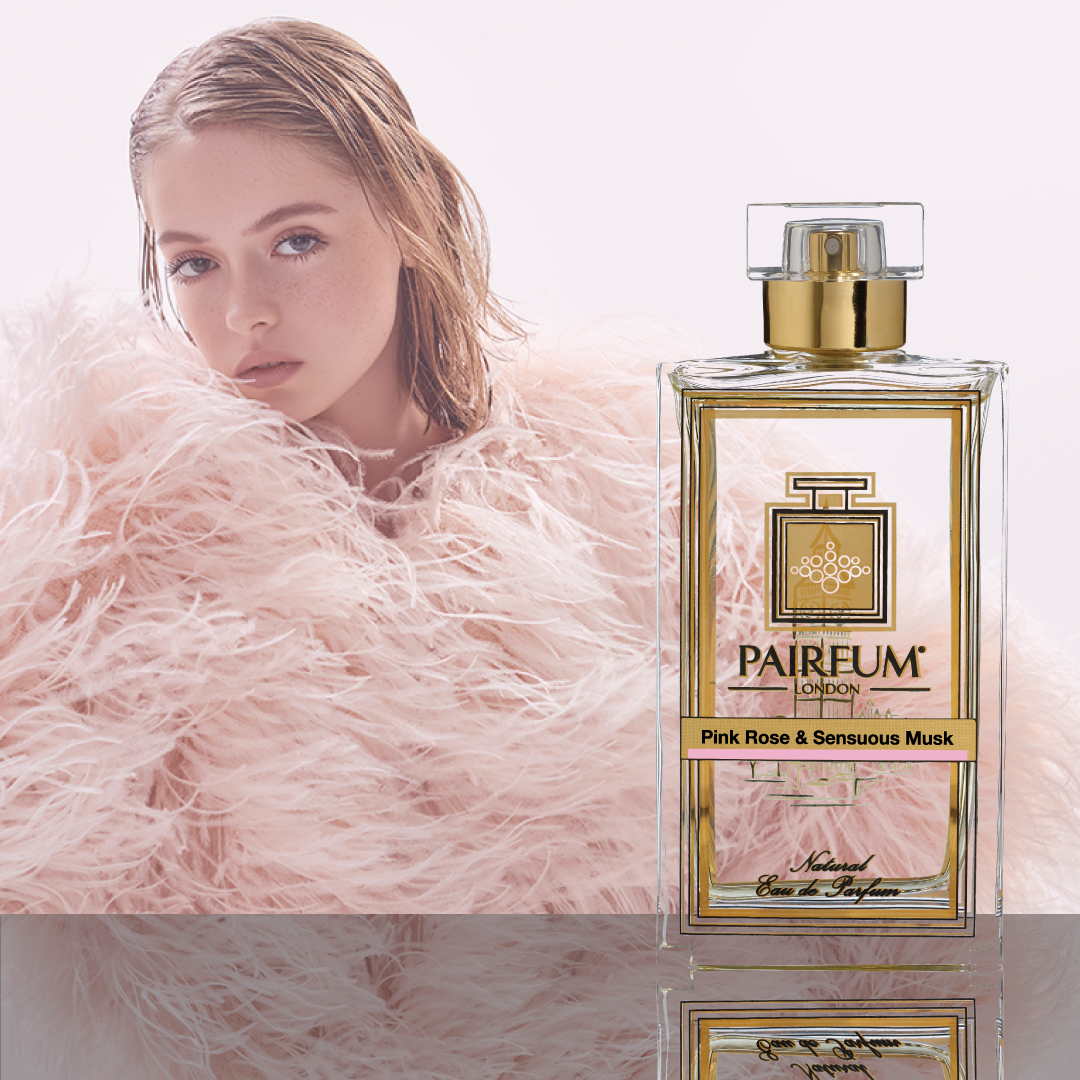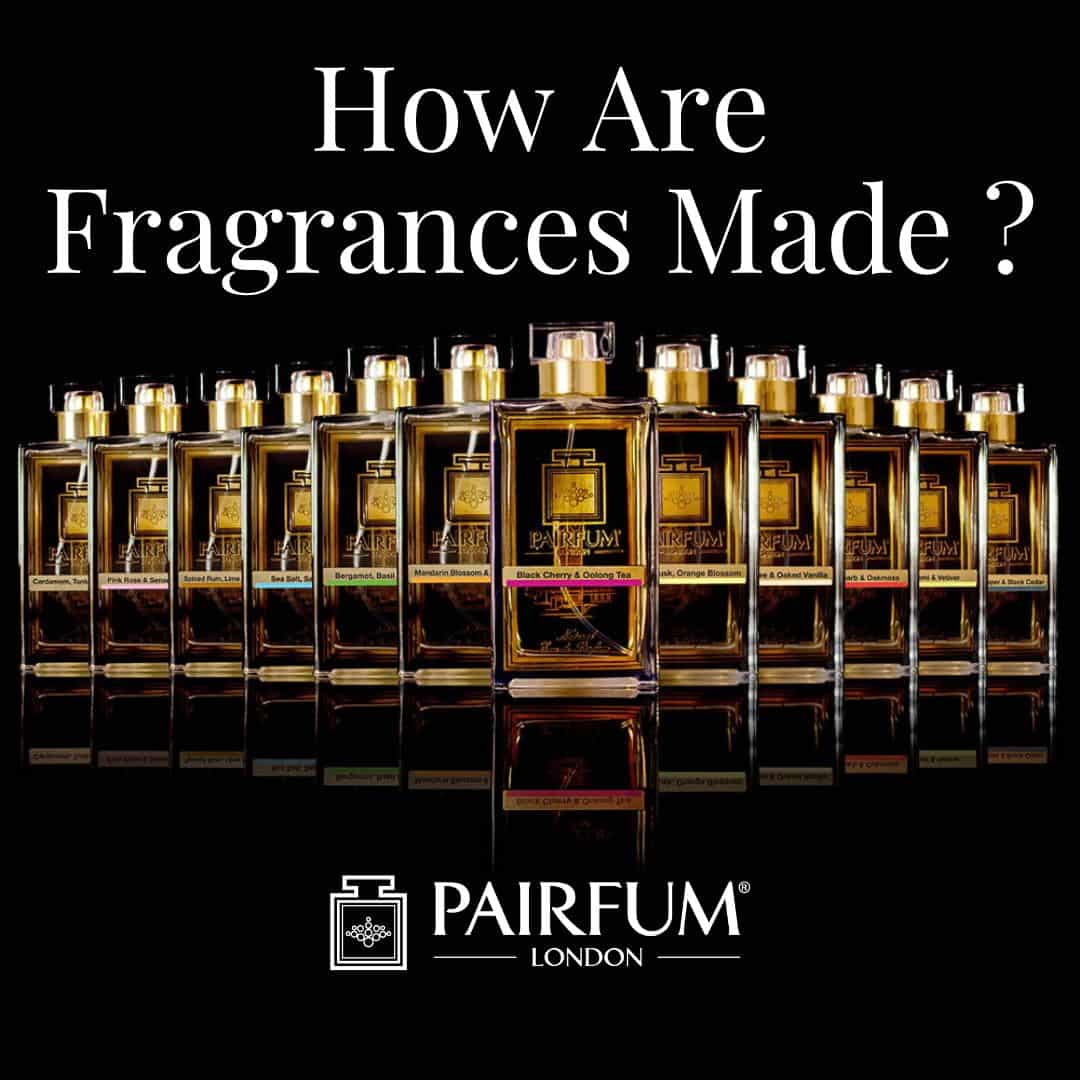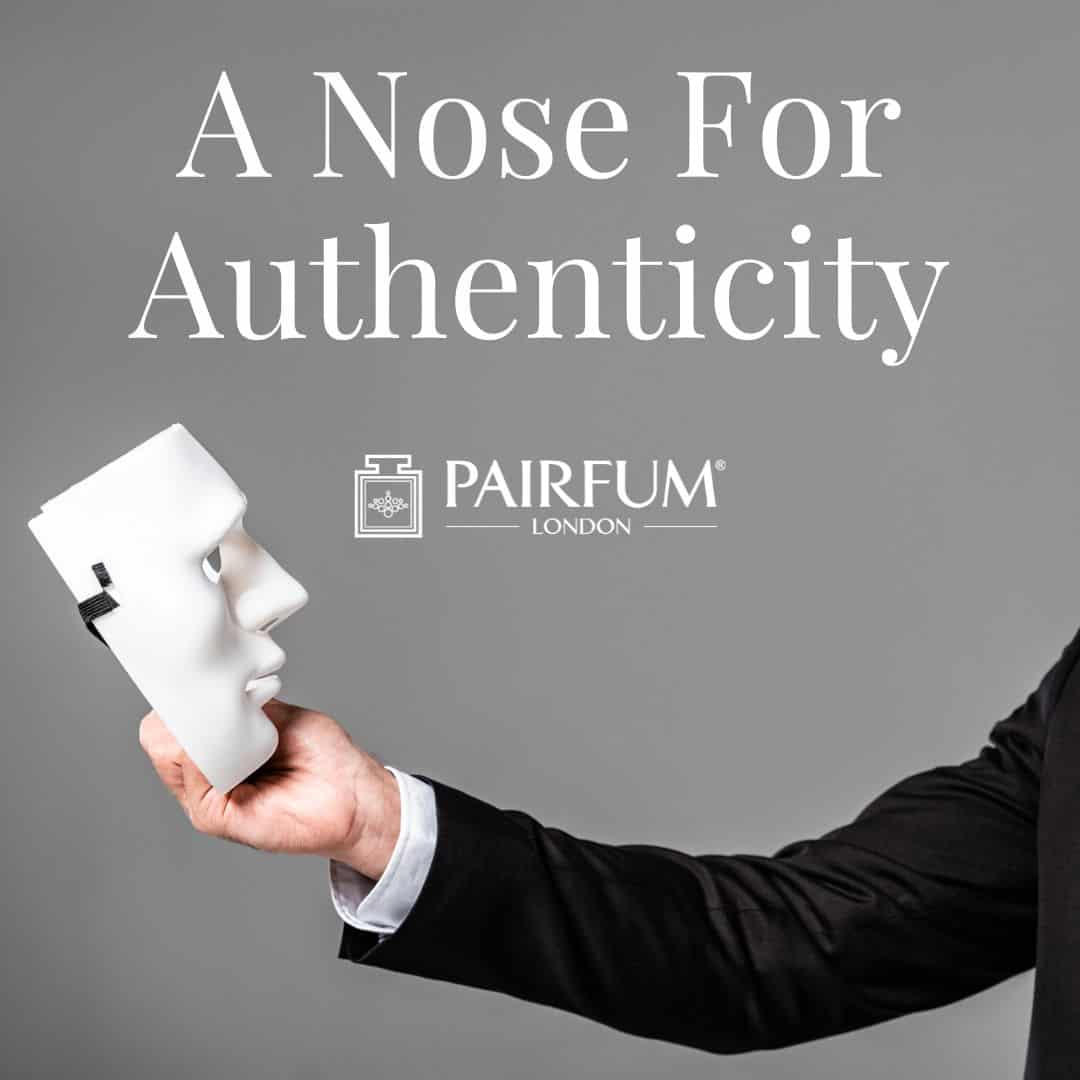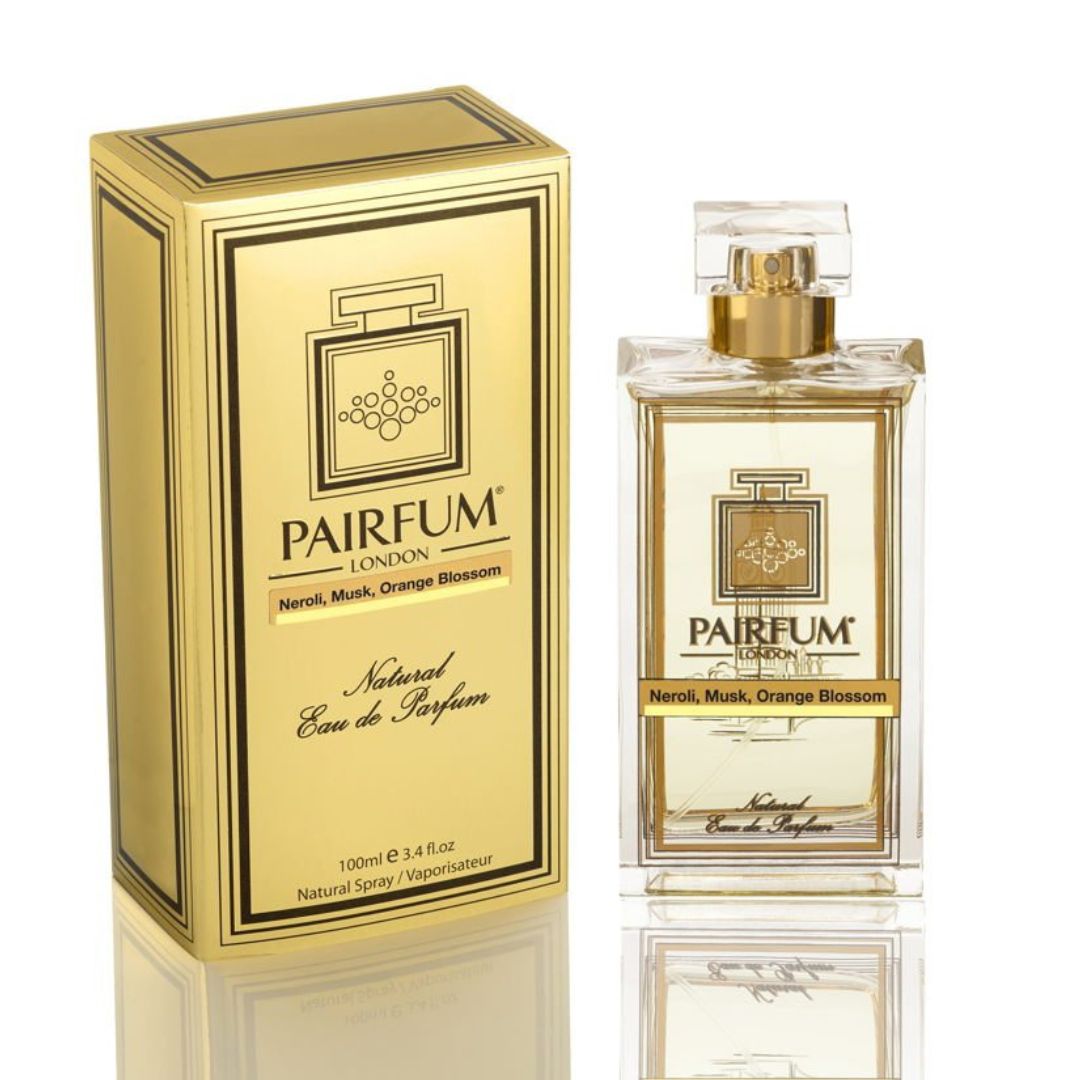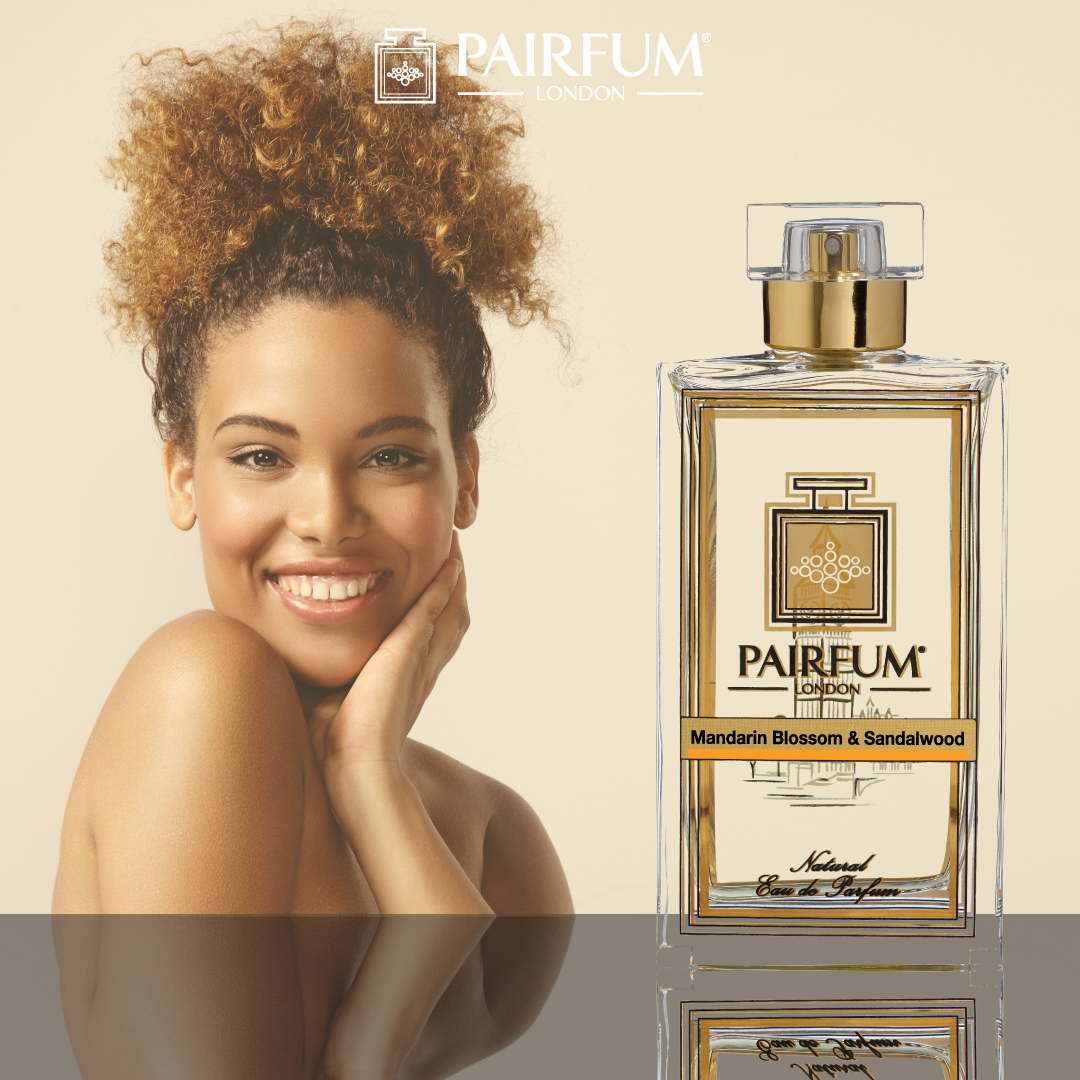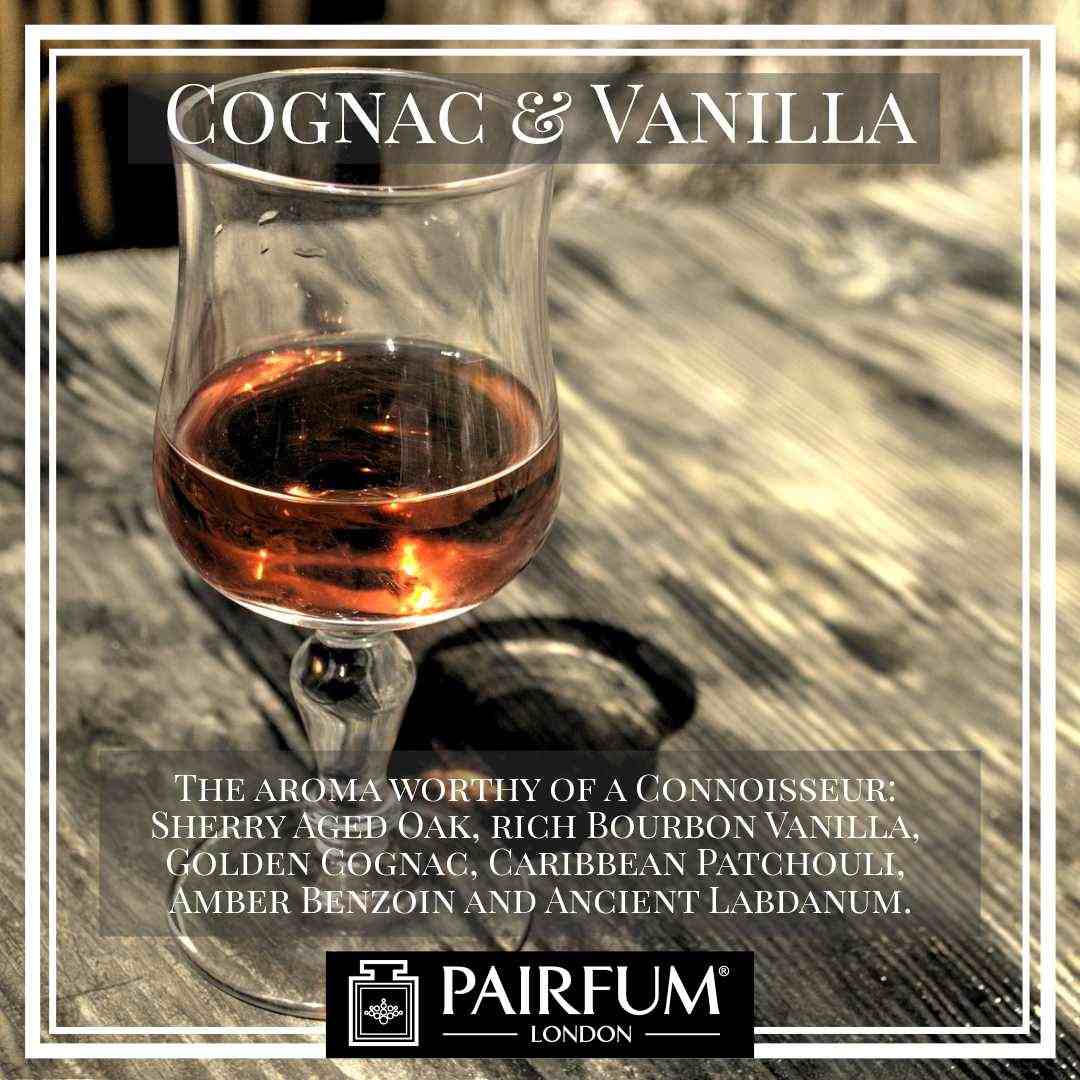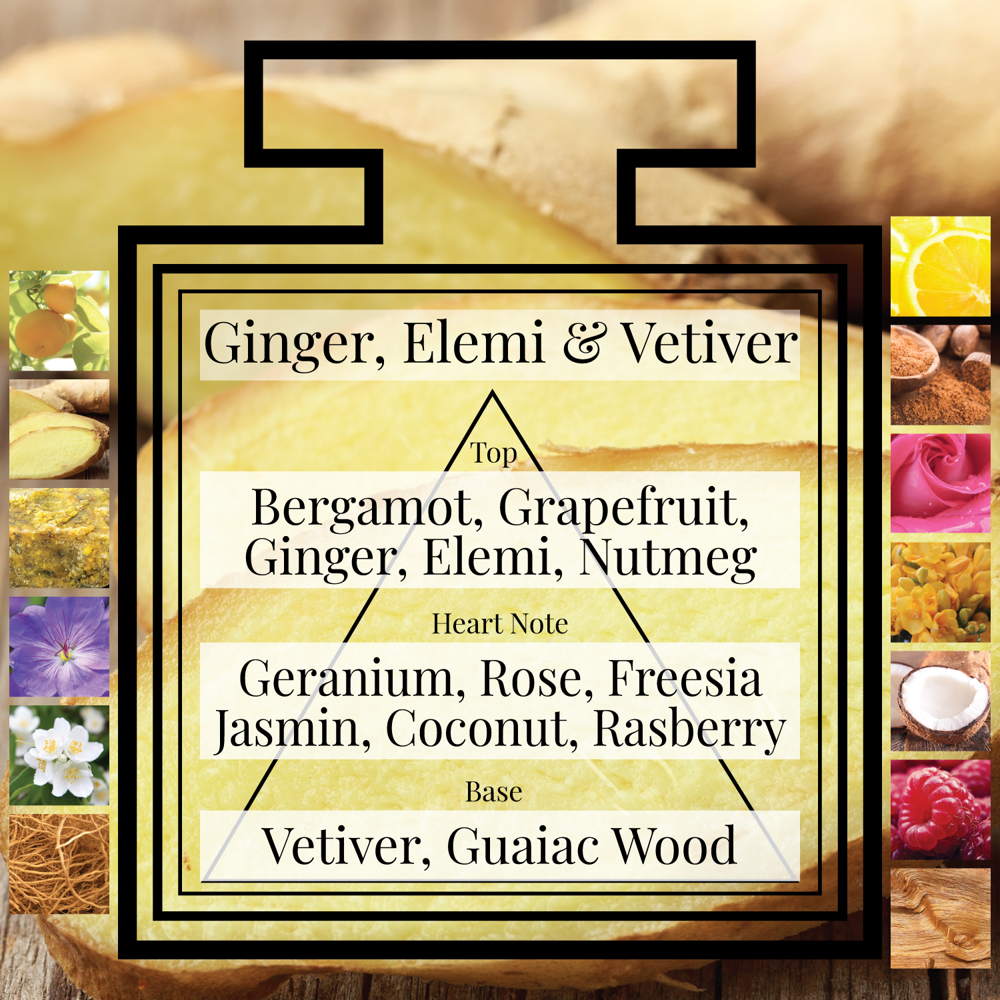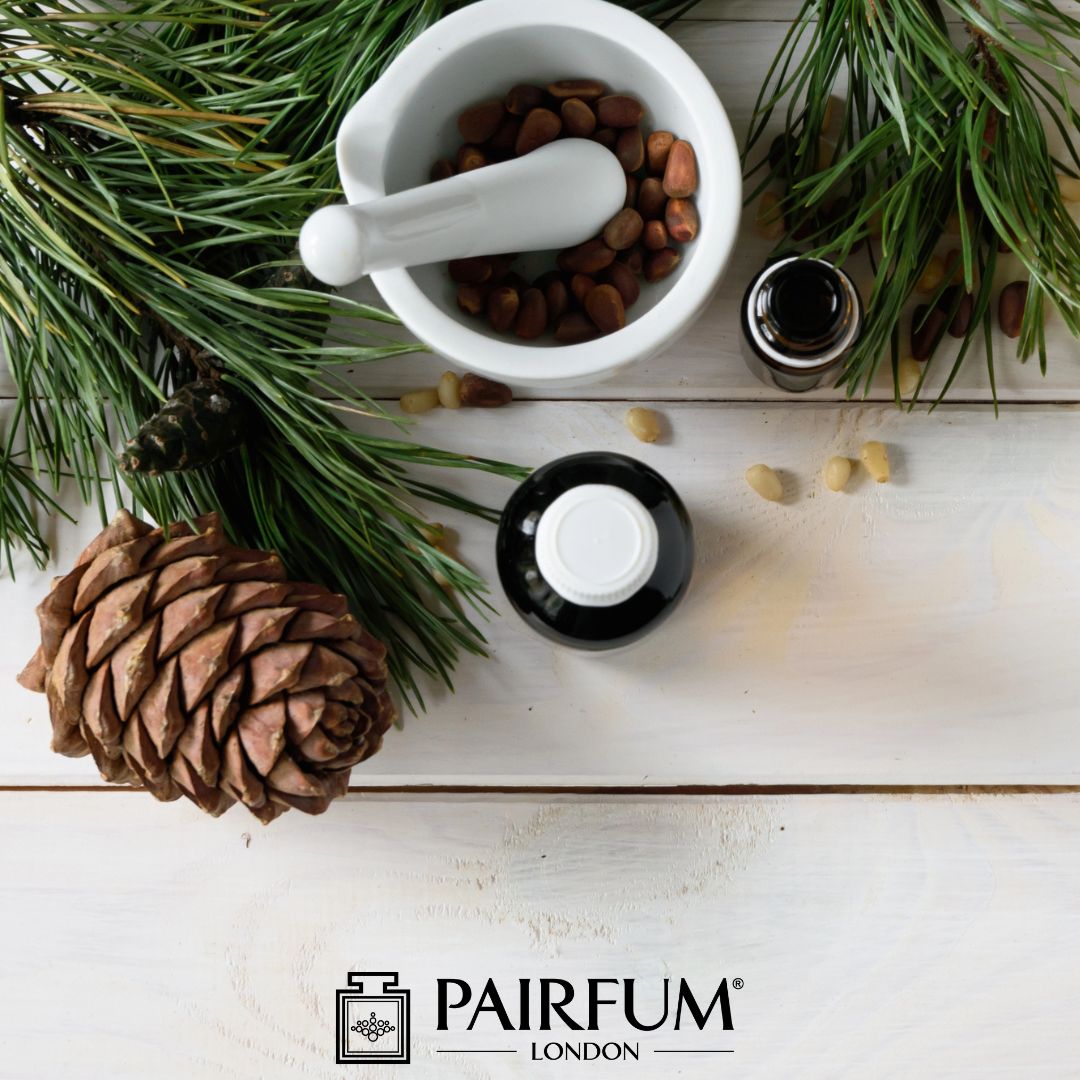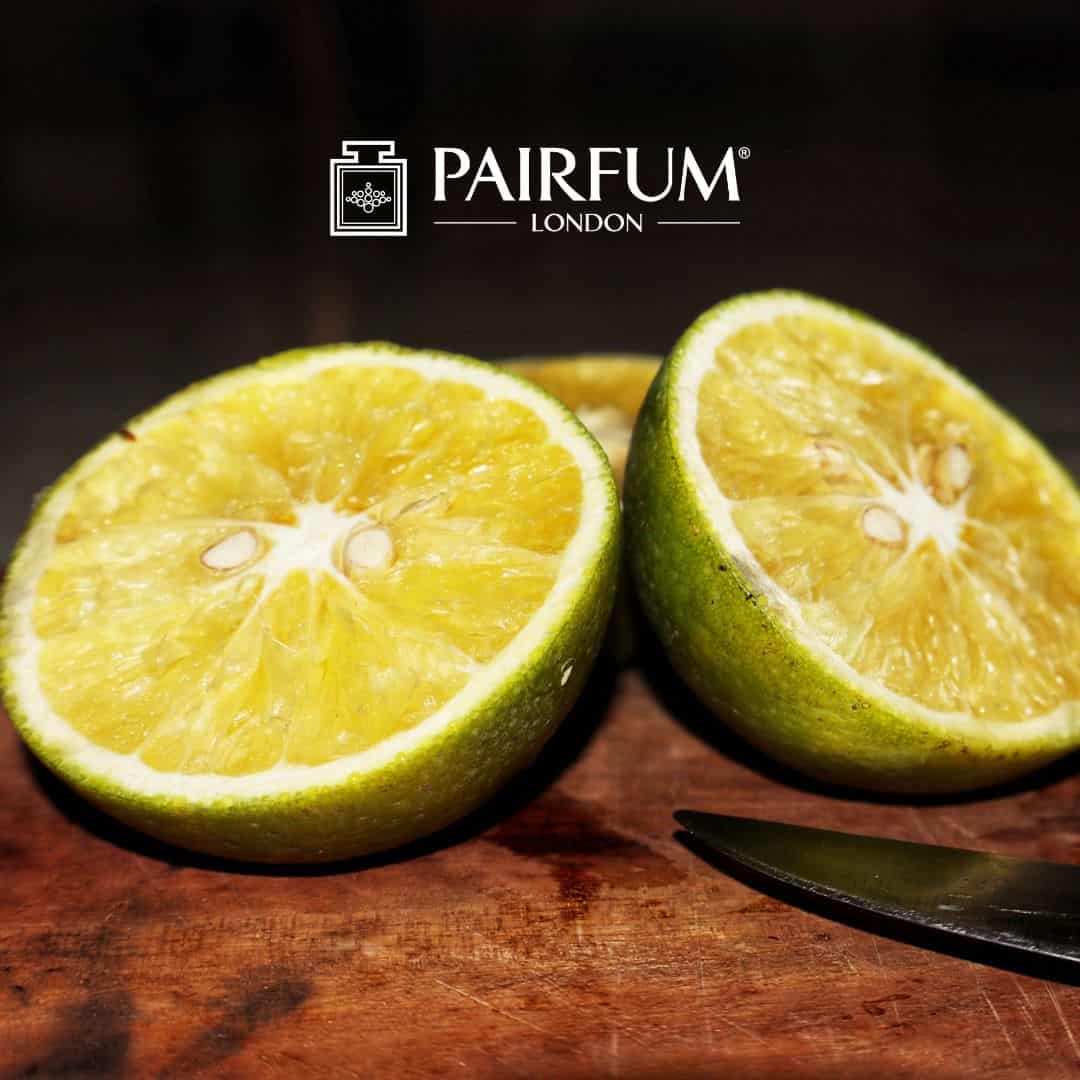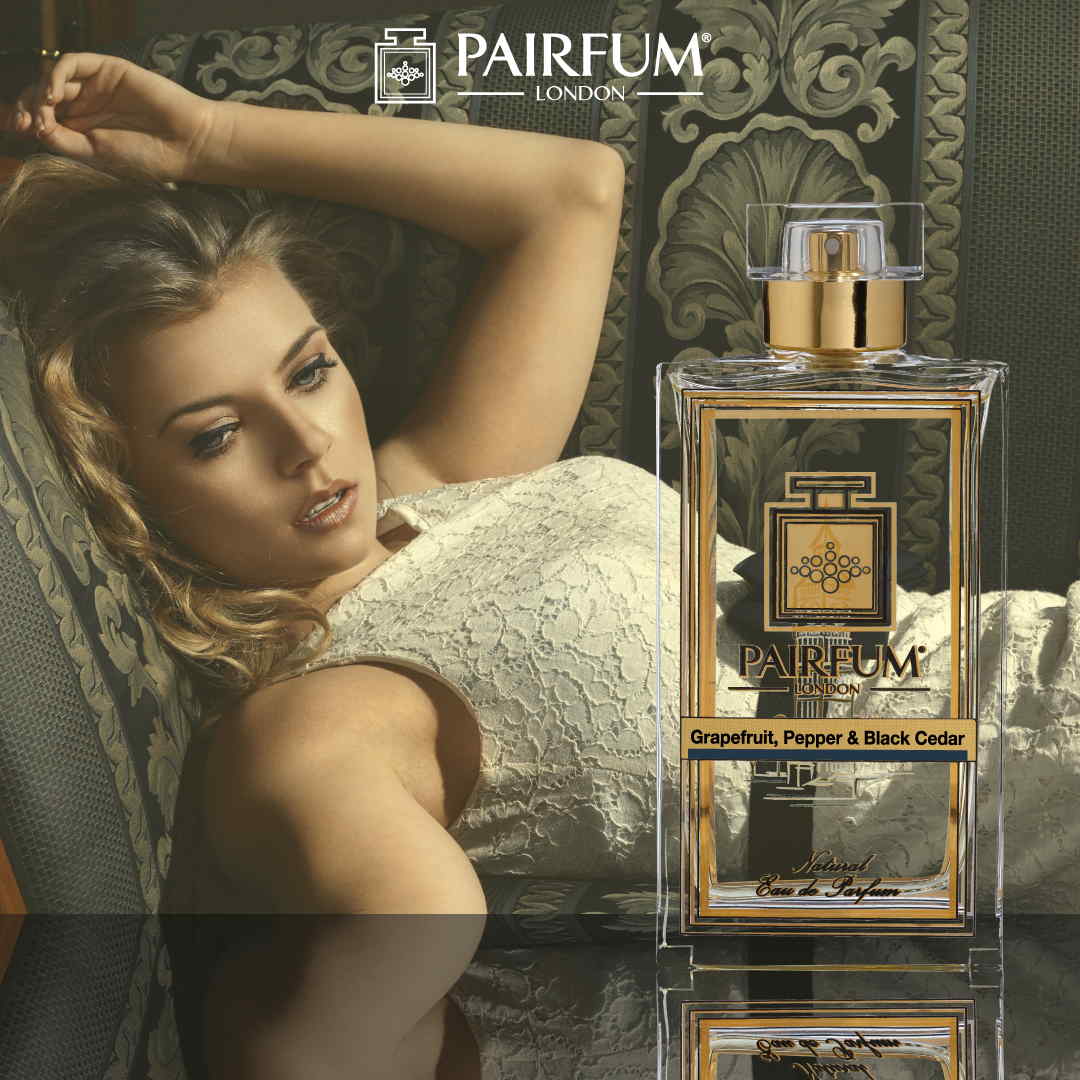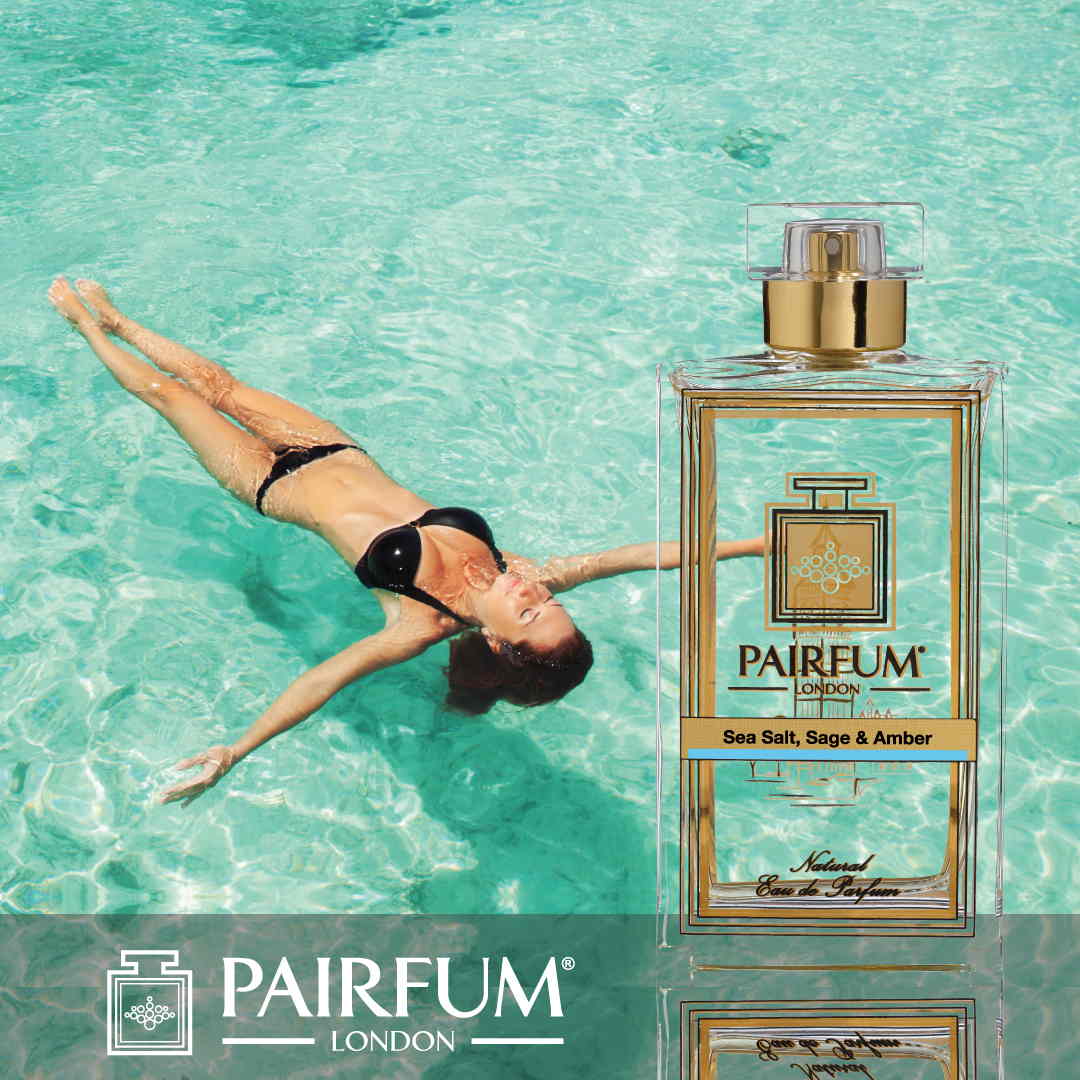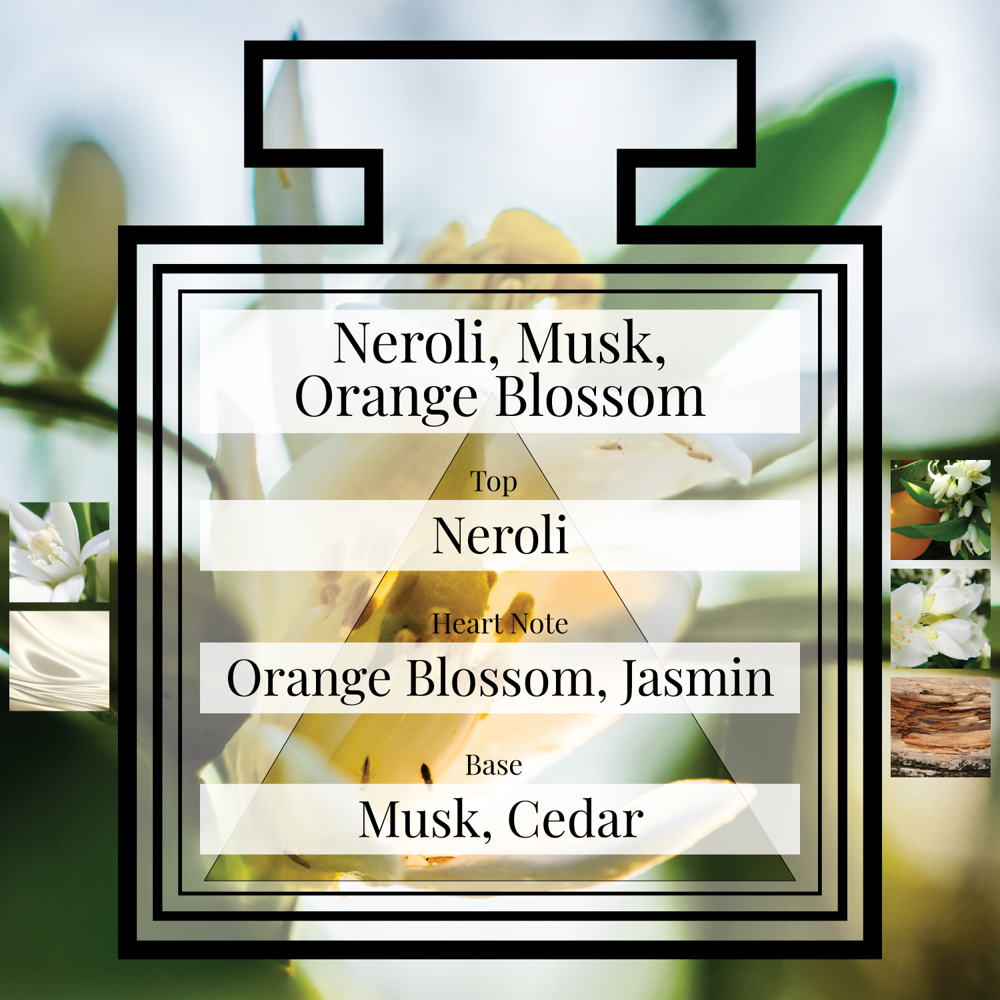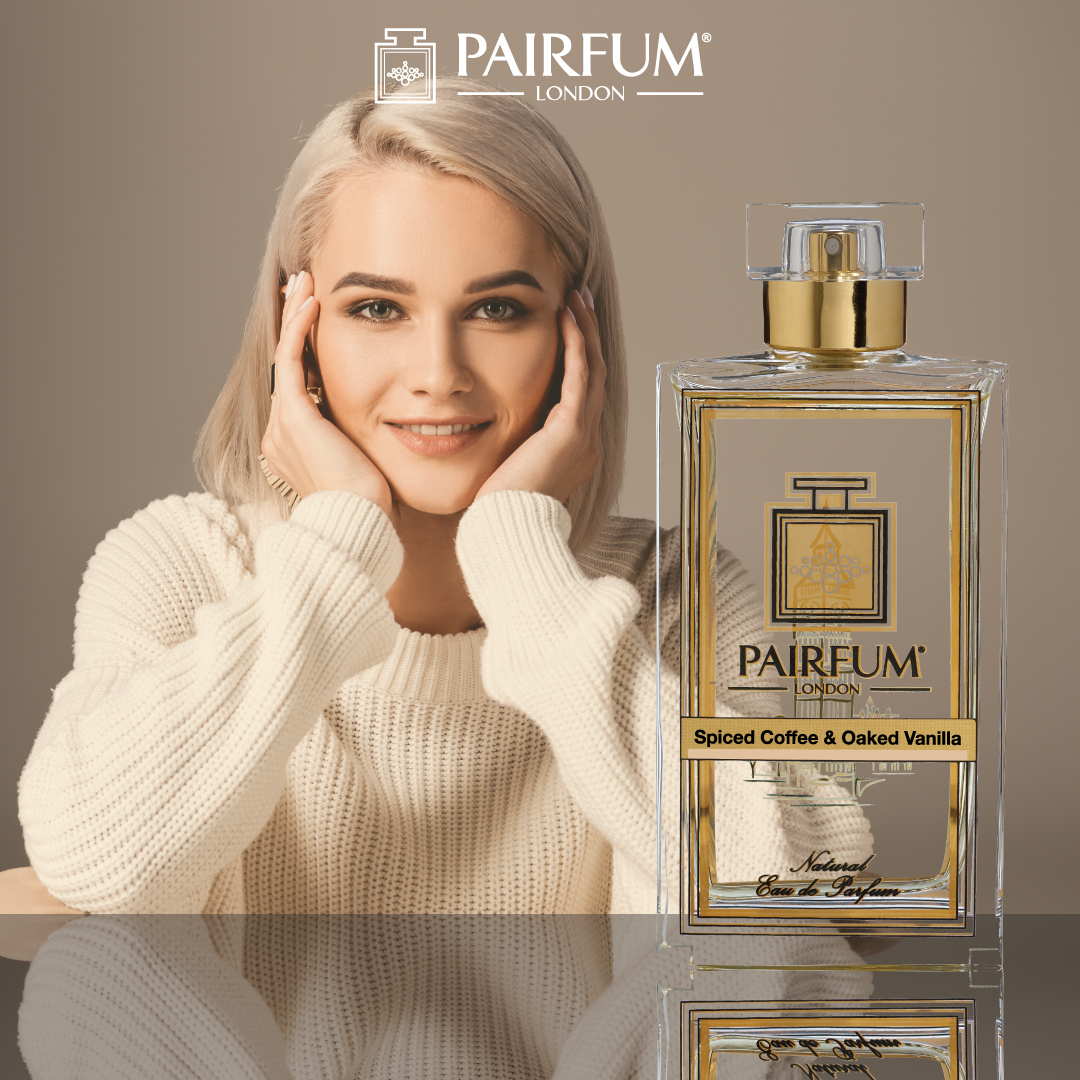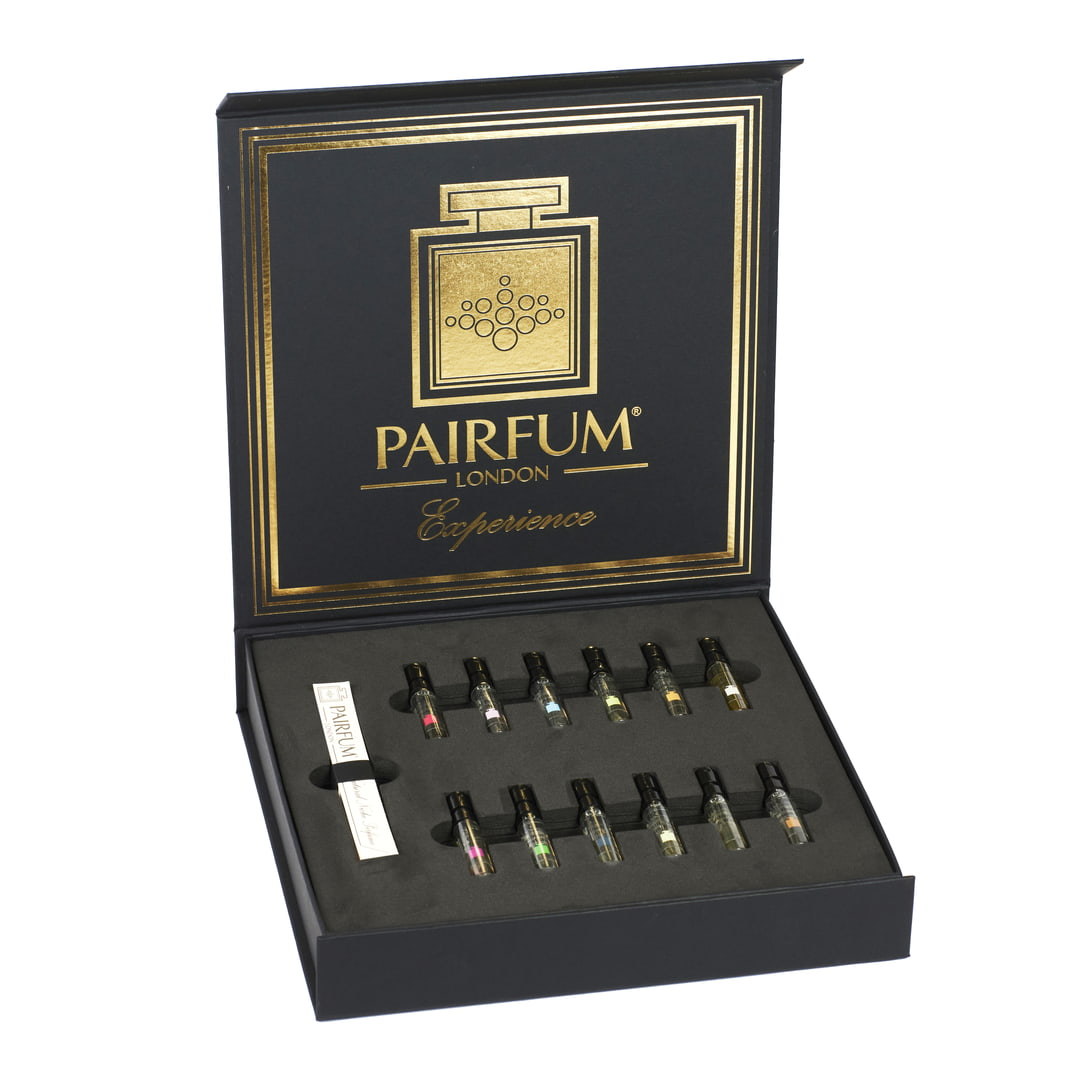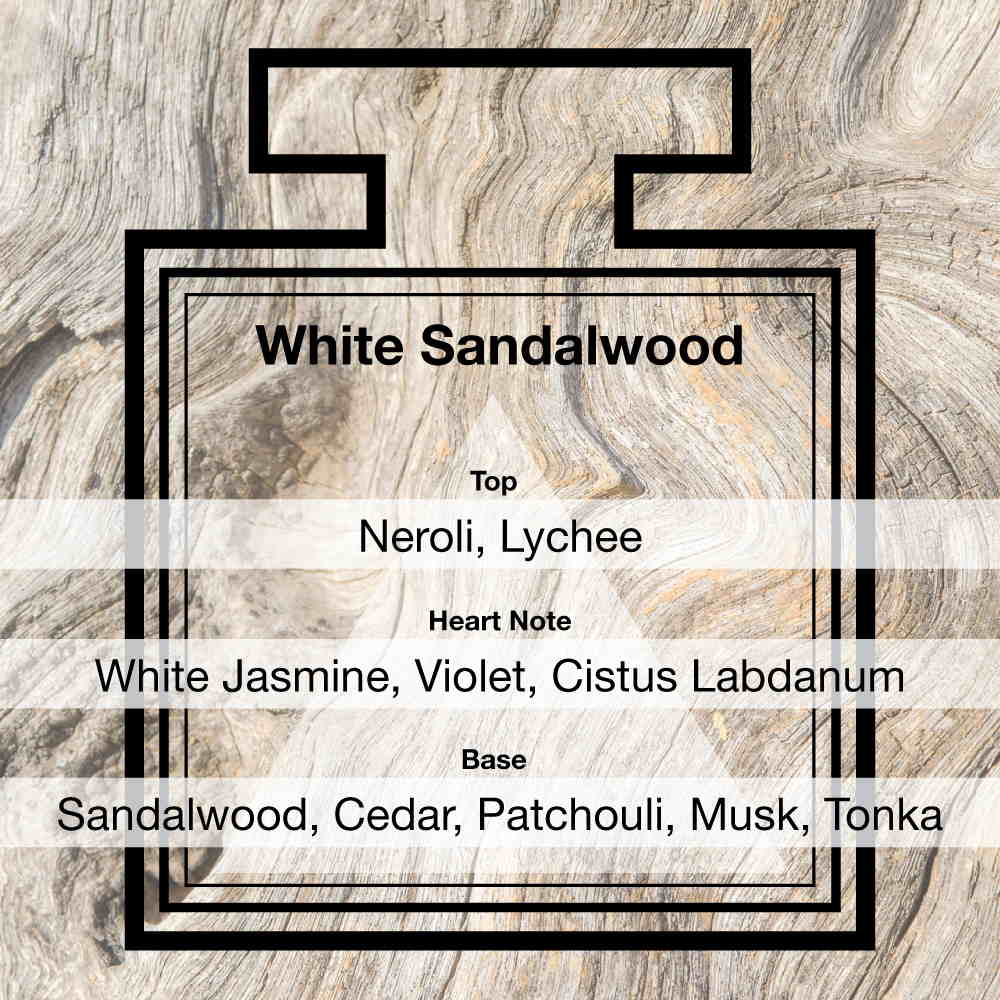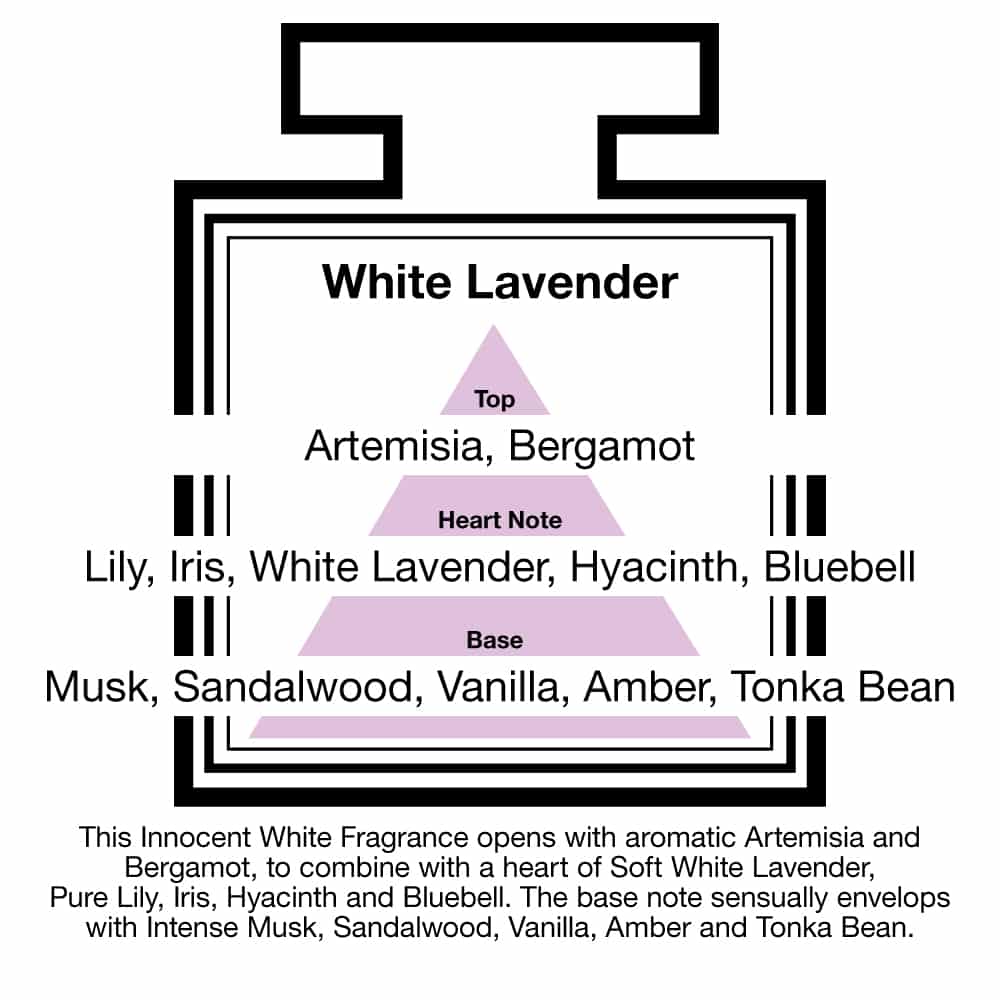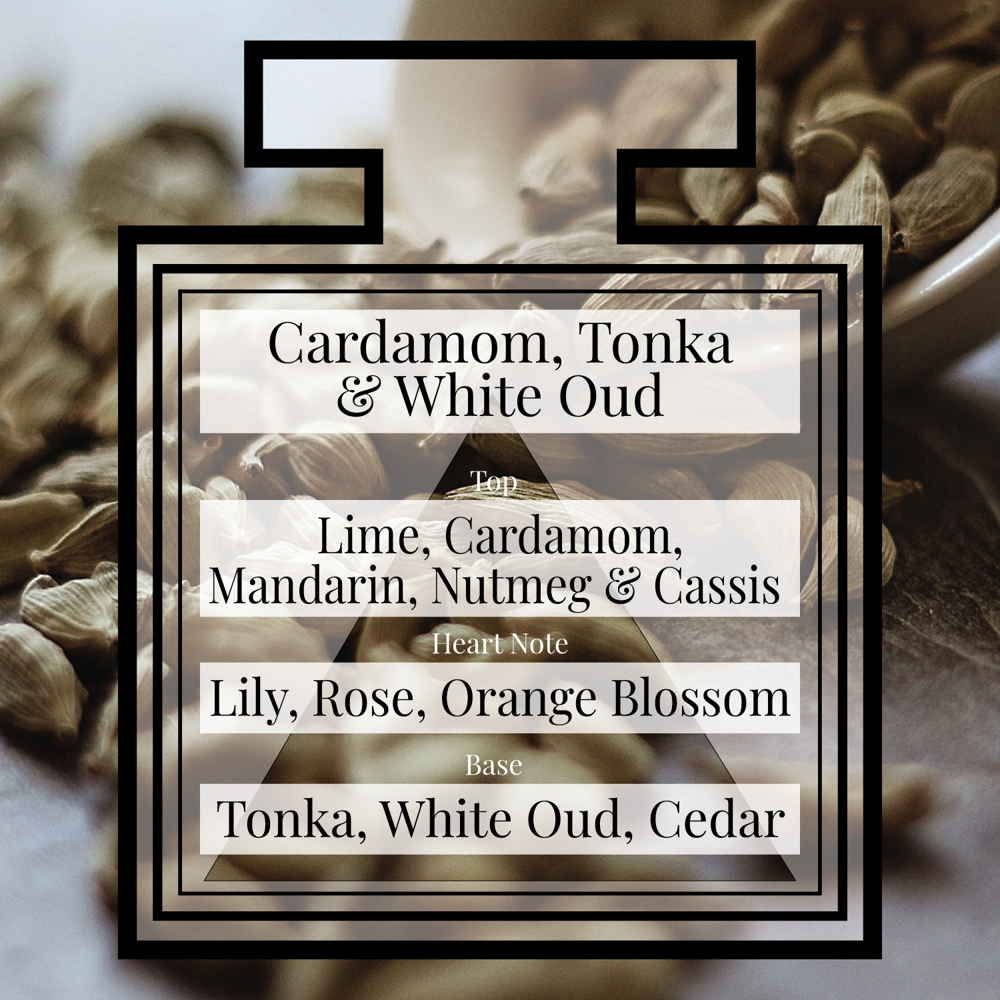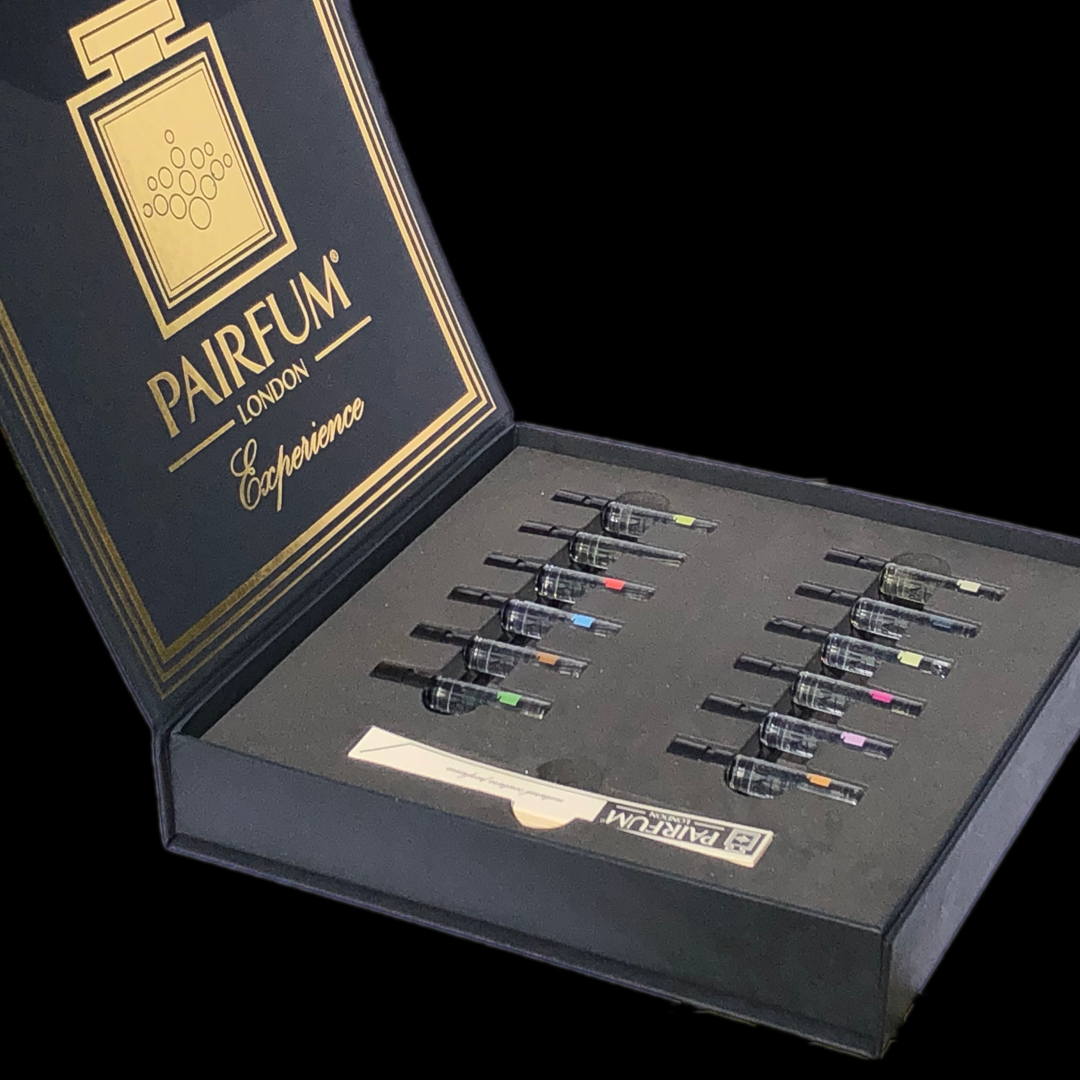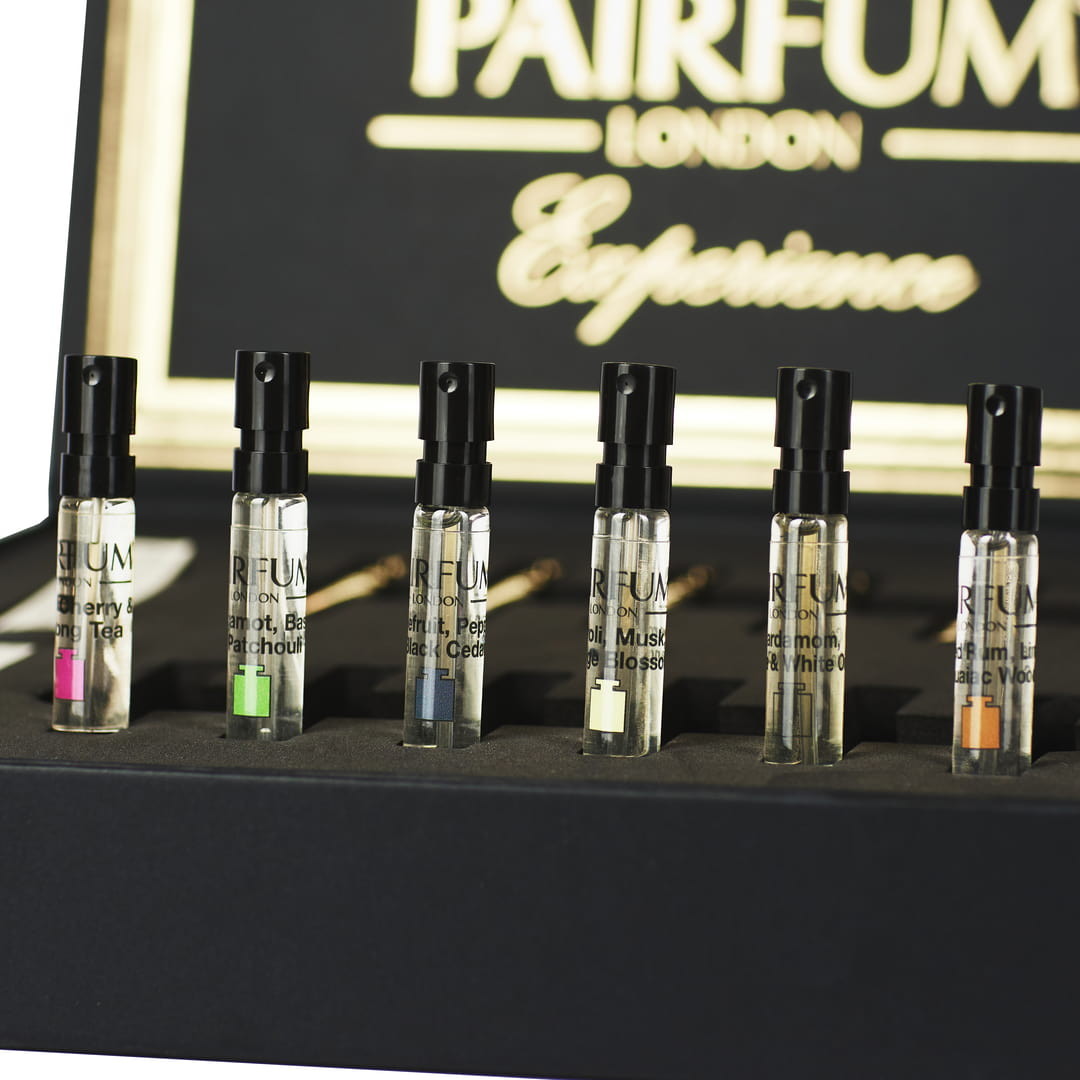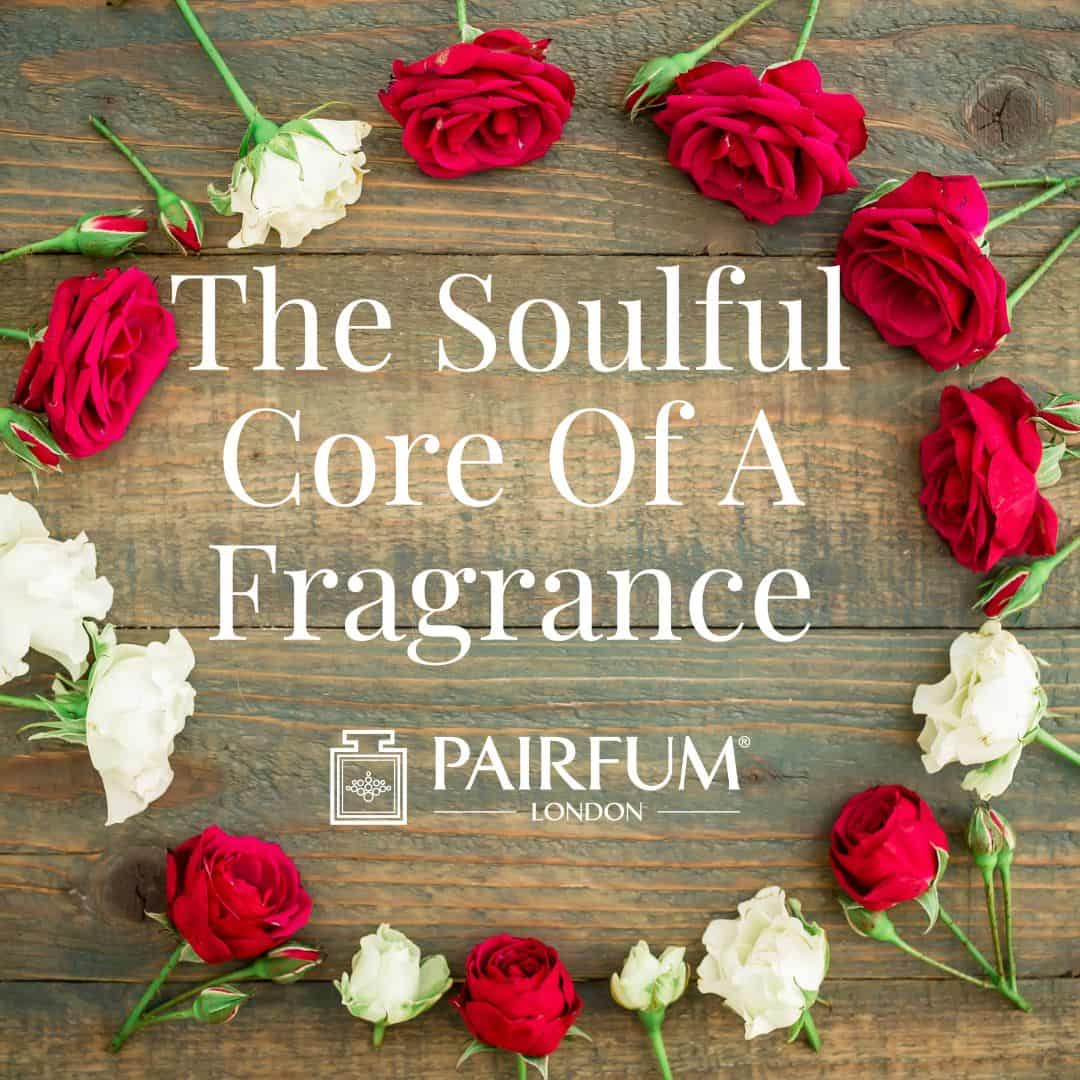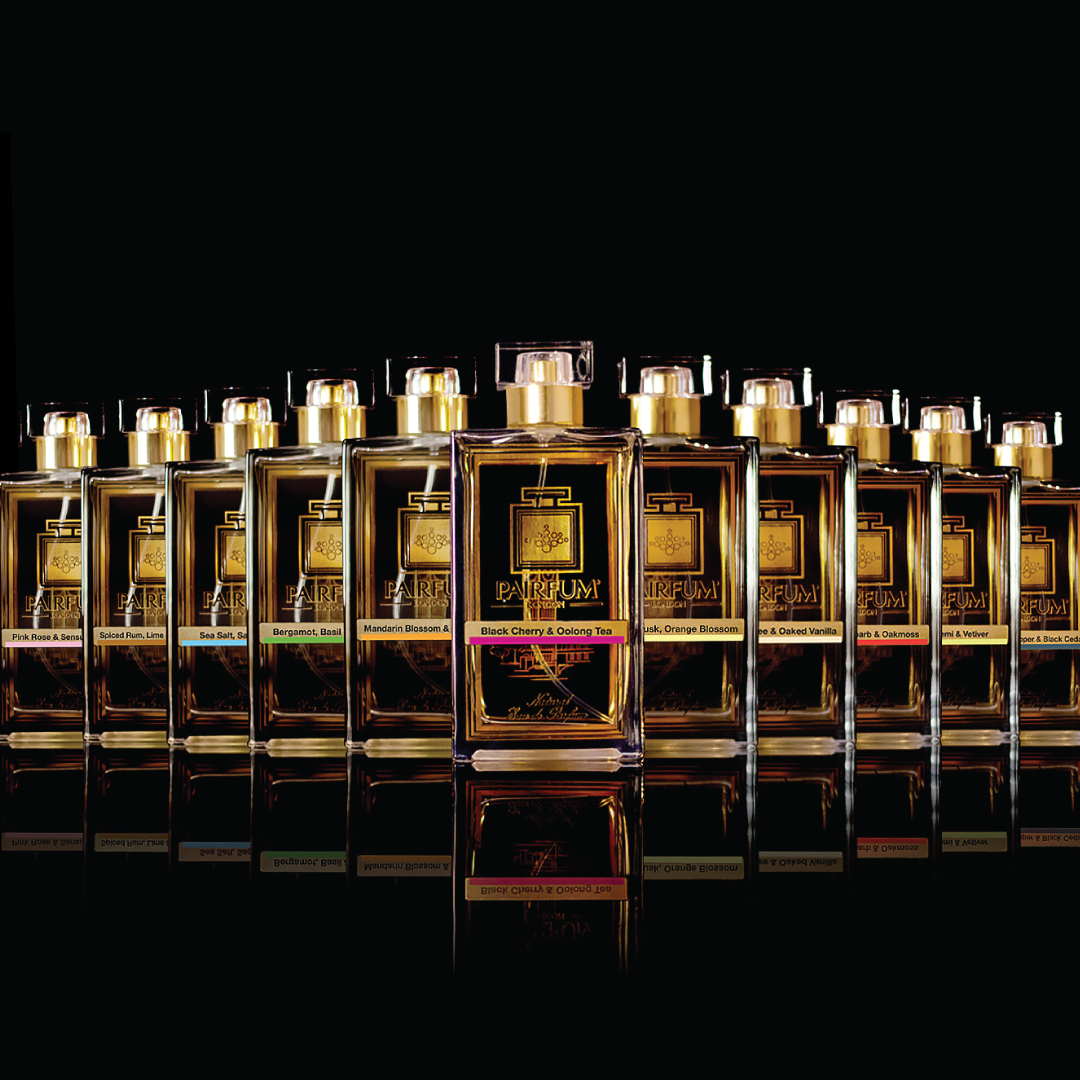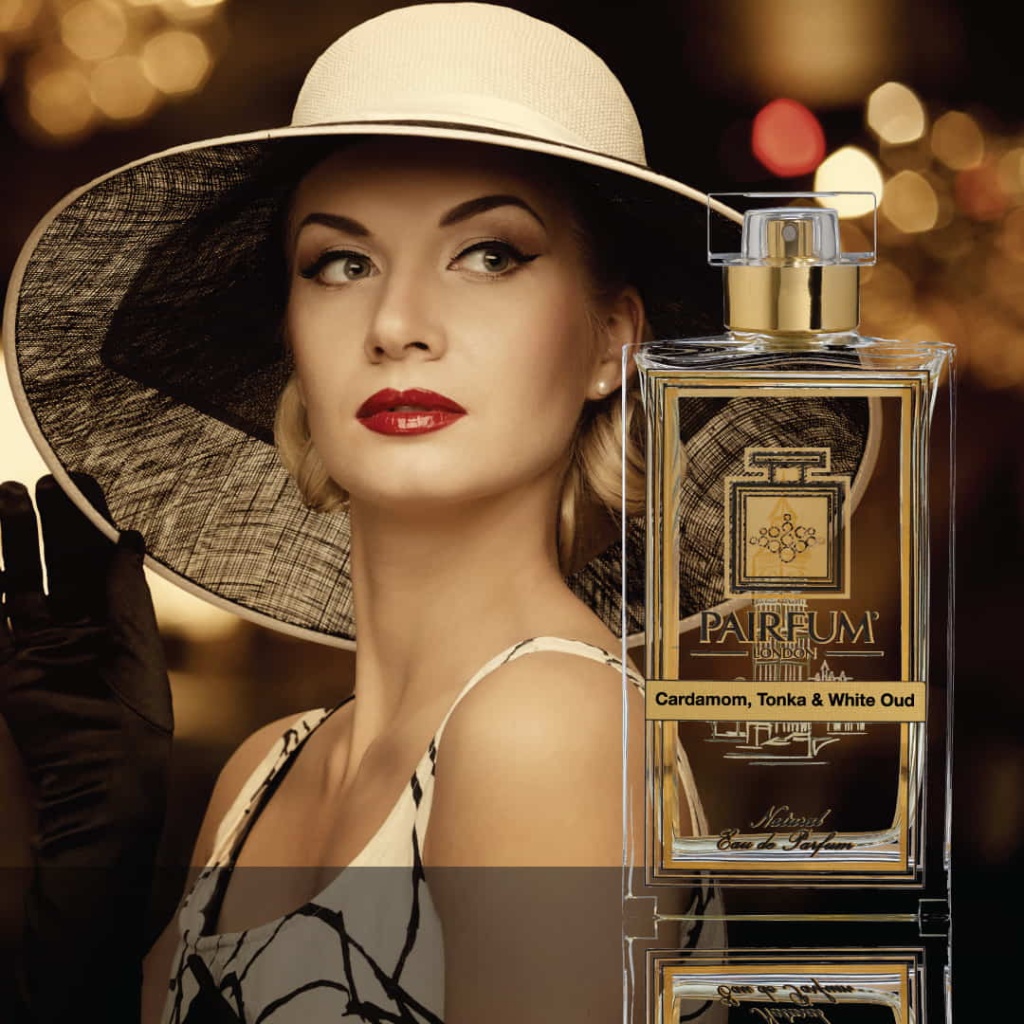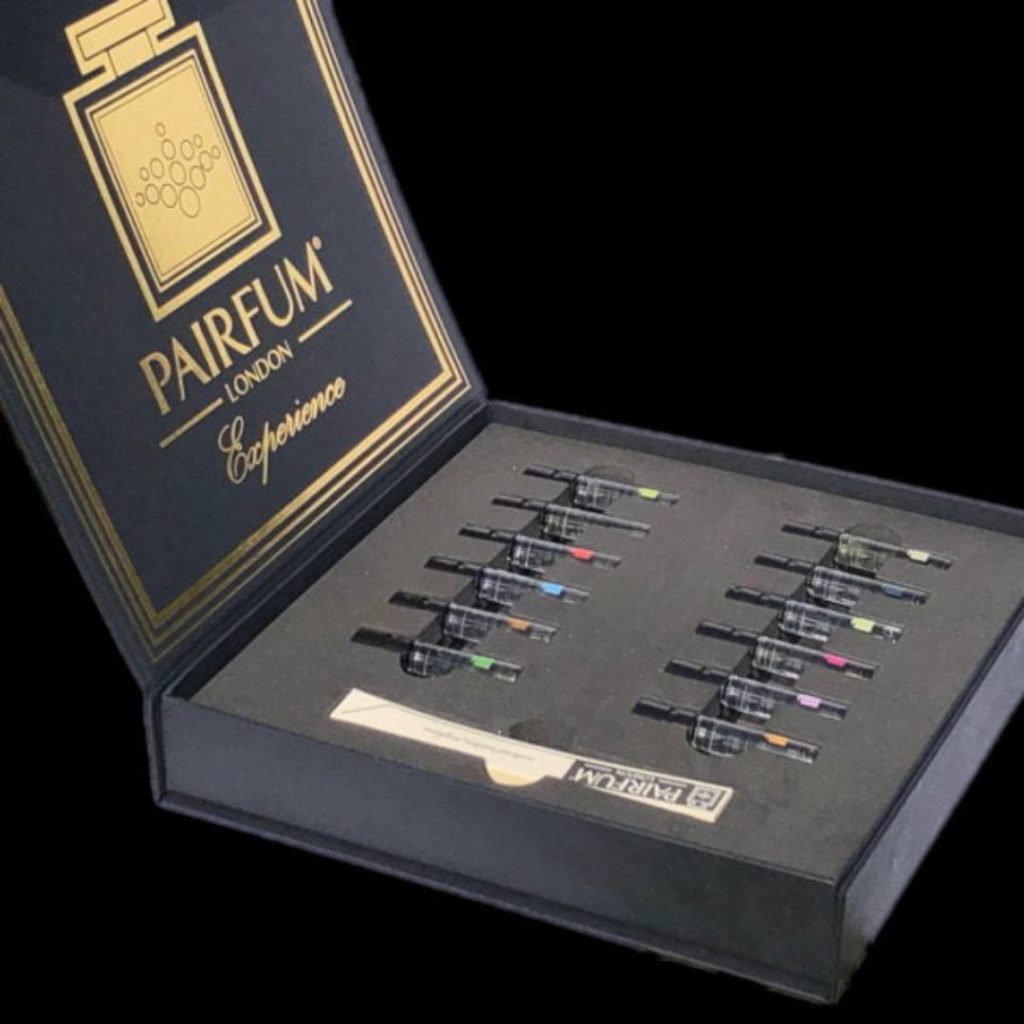Envelop your senses in the intriguing and mystical realm of oriental perfume as we embark on a captivating journey through the exotic scentscapes of enchanting perfumes. Inspired by the opulence and intrigue of the East, oriental perfumes offer an entrancing gateway into a world defined by its regal splendour, tantalising spices, and bountiful flora.
To experience these captivating blends is to explore a rich tapestry of sensory delights, each fragrance a unique story led by the artistry of master perfumers.
Journey along with Pairfum London, the boutique perfumery and fragrance house renowned for its exceptional sensitivity to the taste and ‘zeitgeist’ in fragrance, as we unveil the irresistible allure of oriental perfume – a panacea for the senses that beckons one to immerse themselves in its mesmerising scentscapes and experience the true essence of Eastern olfactory treasures.
Introduction to Oriental Perfume: A Legacy of Luxury
Oriental perfumes have long been revered for their deep, rich, and intoxicating scent profiles. With roots tracing back to ancient civilizations, these fragrances embody a sense of mystique and luxury that has captivated perfume enthusiasts for centuries. Oriental scents are characterised by warm, spicy notes like cinnamon and exotic spices, often combined with a resin, amber, and a base of rich woods like sandalwood or patchouli.
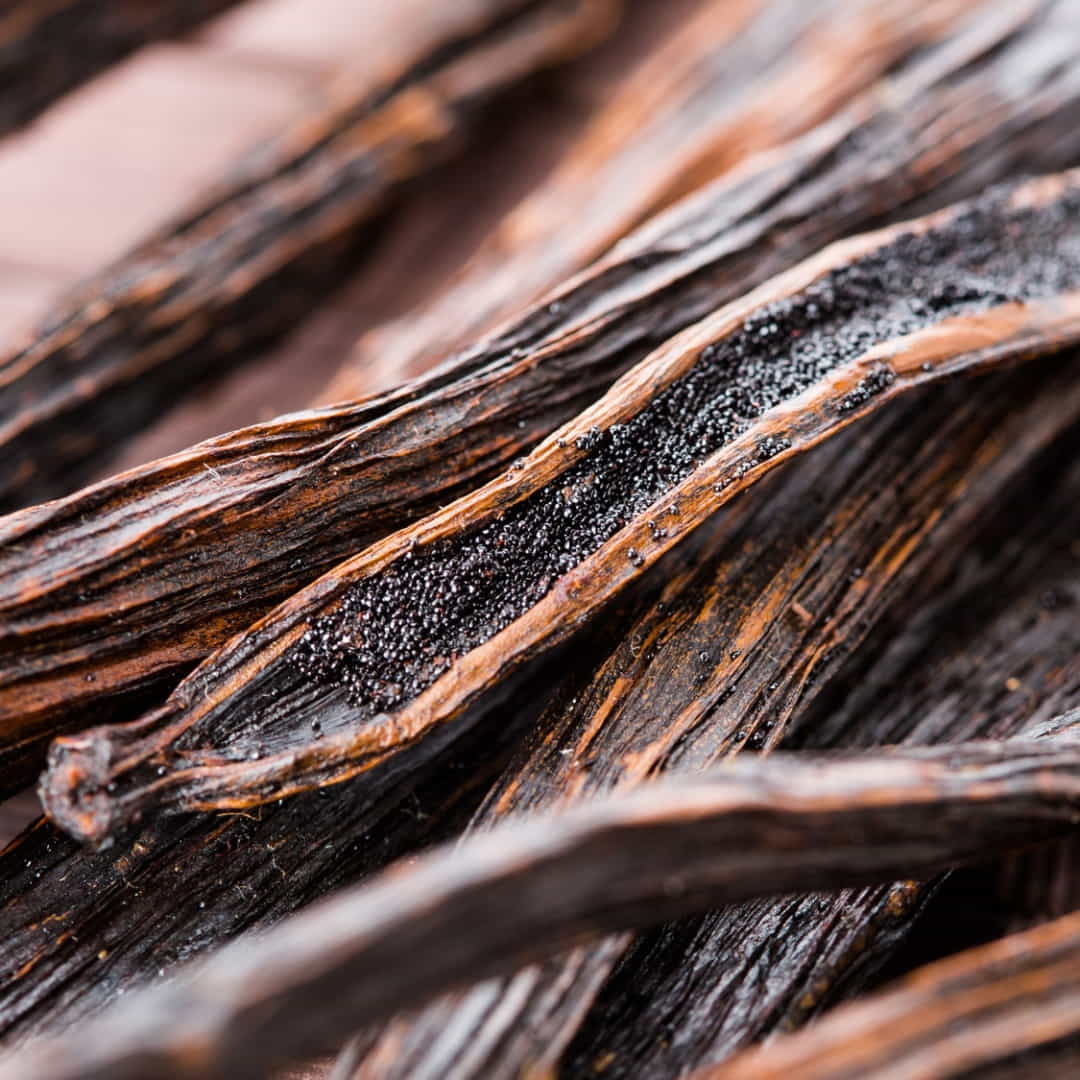
Discovering the Oriental Perfume Family: A Sensual Dance of Aromas
As we dive into the mesmerising world of oriental perfume, it is essential to unravel the distinctive characteristics that define this alluring and enigmatic fragrance family. Known for their warm and intoxicatingly sensual nature, oriental perfumes effortlessly captivate the senses by painting a vivid tapestry of rich spices, exotic florals, and sumptuous resins.
These intoxicating combinations harness the essence of the East’s opulence, intrigue, and mystery, which immerses the wearer in a breath-taking sensory journey. Let us explore the various facets of this perfume family that make it such a magnetic force in the world of fragrance.
Characteristics of Oriental Perfume: The Essence of Sensuality
The allure of oriental perfumes lies in their complex and multi-layered compositions.
Oriental are typically described as ambery, balsamic, powdery and sensual. What distinguishes them are their lush and sensual accords built around warm, earthy base notes of vanilla, woods, oud, amber, exotic resins and musks. In oriental perfumes for women, these are often combined with floral, fruity or spicy notes. Masculine oriental fragrances tend to be cooled down with aromatic or citrus aspects, such as bergamot or lemon. The heart notes can vary widely and may feature rich florals like jasmine and rose, in both female and male perfumes.
This intricate balance of these notes creates an oriental scent profile that is both captivating and long-lasting, ideal for those who seek a fragrance with depth and character.

The Subfamilies of Oriental Perfume: A Rich Spectrum of Sensuality
The oriental perfume family comprises a diverse range of subcategories, each reflecting the multifaceted splendour of their Eastern origins. Delve into the fascinating spectrum of oriental perfumes, as we explore the following subfamilies:
Floral Oriental or Floriental: The exquisite amalgamation of warm oriental notes with the resplendent beauty of florals characterises this subfamily. Layering the heady scents of jasmine, rose, and gardenia with the sensual depth of amber and musk creates an irresistible blend of allure and romance and femininity. This subcategory has become so successful, that many have elevated it to become a primary fragrance family.
- Casmir – Chopard – 1991
Citrus Oriental: A vibrant fusion of fresh citrus notes like bergamot, orange, lemon, lime, and grapefruit, layered over a base of rich balsamic accords, vanilla, amber, and woods. This sub-family combines the zesty brightness of citrus with the sensual warmth of oriental elements, creating a fragrance that is both invigorating and deeply captivating, with a subtle animalic undertone.
- Habit Rouge – Guerlain – 1965
Green Oriental: A refreshing blend of green, dewy, and leafy notes, intertwined with earthy sap and the fresh, stemmy aroma of hyacinth, all resting on a base of balsamic richness, vanilla, amber, and woods. This sub-family merges the crisp vitality of green accords with the warm, sensual depth of oriental notes, creating a fragrance that is both invigorating and enveloping, with an intriguing touch of natural, humid earthiness.
- Obsession – Calvin Klein – 1985
- Obsession For Men – Calvin Klein – 1985
Aromatic Oriental: A lively blend of fresh top notes featuring rosemary, lavender, thyme, and artemisia, laid over a foundation of rich balsamic accords, vanilla, amber, and woods. This sub-family harmonizes the invigorating herbal freshness of aromatic notes with the deep, sensual warmth of oriental elements, resulting in a fragrance that is both crisp and comforting, with a subtly spicy and earthy allure.
- D’Orsay Class – Ésika – 2013
Ambery Oriental: A refined composition where the soft, smooth warmth of amber takes center stage, offering a rich dry down without the overt sweetness of vanilla. This sub-family blends the luxurious depth of amber with the classic oriental foundation of balsamic notes, woods, and a hint of animalic sensuality, creating a fragrance that is both elegant and enveloping, with a subtly warm, glowing presence.
- Habanita – Molinard – 1921
- Spiced Rum, Lime & Guaiac Wood – Pairfum London – 2020
Spicy Oriental: Here, the classic oriental charm is enlivened with the invigorating energy of spices. This tantalising subfamily artfully fuses the warmth of cinnamon, cardamom, and cloves with the opulent, lingering sensuality of vanilla and precious woods for a rich, captivating aroma and spicy note.
- Youth Dew – Estée Lauder – 1952
- Cardamom, Tonka & White Oud – Pairfum London 2020
Woody Oriental: The mesmerising union of oriental notes with the grounding and earthy essence of woods distinguishes this subfamily. The elegant dance of sandalwood, cedar, and patchouli with lush vanilla, exotic resins, and sumptuous amber creates a sophisticated and enigmatic scent profile.
- Narcisse Noir – Caron – 1911
- Mandarin Blossom & Sandalwood – Pairfum London – 2020
Gourmand or Edible Oriental: A delectable fusion of rich, gourmand notes evoking caramel, vanilla, coconut, nuts, creamy milk or warm cinnamon pastry. Velvety chocolate, the sweet and slightly bitter aroma of cocoa beans, honey or intoxicating coffee blend seamlessly with luscious vanilla and warm spices, creating an indulgent fragrance experience. This sub-family envelops the senses with its mouth-watering warmth, blending these indulgent flavours with the traditional oriental base of balsamic notes, amber and woods. The result is a deeply comforting and irresistibly inviting fragrance that captures the essence of sweet indulgence without the presence of fruit.
- Angel – Thierry Mugler – 1992
- Spiced Coffee & Oaked Vanilla – Pairfum London – 2020
Fruity Oriental: This subfamily blends the juicy sweetness of ripe berries, peaches, or plums with the deep warmth of amber, musk, and spices. The result is a captivating fragrance that balances bright fruitiness with rich, sensual depth, offering a playful yet sophisticated aroma.
- Beauty Red – Ésika – 2013

The Key Ingredients in Oriental Perfumes: A Symphony of Exotic Notes
The enchanting world of oriental perfumes features a remarkable cast of key ingredients that contribute to the family’s unique and unmistakable allure. These intriguing players include:
Vanilla: The signature note that defines the oriental family, the sweet richness of vanilla imparts a comforting, sensual warmth and luscious depth to perfumes, while also lending a vintage appeal reminiscent of bygone eras.
Spices: An essential component of oriental perfumes, spices add a fascinating intensity and complexity to fragrances. Notes like cinnamon, clove, cardamom, and pepper evoke the evocative and exotic bazaars of the East, stirring the senses and transporting the wearer to faraway locales.
Spicy Woods: Spicy woods combine the warmth of rich, aromatic spices with the grounding presence of deep, earthy woods. This dynamic fusion adds a fiery yet smooth complexity to oriental fragrances, enhancing their allure with a blend of heat and depth that evokes the untamed wilderness of far-off lands.
Amber: The luxurious and enigmatic note of amber lends a voluptuous, resinous warmth to oriental perfumes, providing a sense of depth and opulence that is intrinsically linked to the glamour of the East.
Incense: The mysterious and sacred essence of incense infuses oriental perfumes with an ethereal sophistication. Notes like frankincense, myrrh, and oud add a spiritual dimension, elevating and grounding the fragrance.
Woods: The solid and grounded presence of woods such as sandalwood, cedar, and guaiac lends an earthy, grounding quality to oriental perfumes. These elements beautifully entwine with the warmth and sensuality of the oriental essence, creating a harmonious balance.
Exotic Woods: Exotic woods bring an air of mystery and far-flung adventures to oriental perfumes. With their rare, unique aromas, these woods—such as teak, rosewood, and ebony—infuse fragrances with a deep, intoxicating richness, enveloping the wearer in a scent that is both luxurious and intriguingly unfamiliar.
Florals: The intoxicating allure of exotic blooms like jasmine, tuberose, and ylang-ylang adds a magical touch to the oriental family. This delicate interplay between florals and spices unveils the enigmatic beauty of this intriguing fragrance family.
Musk: Revered for its deeply sensual and animalistic allure, musk is now predominantly sourced from synthetic and plant-based alternatives, as the traditional extraction from the male deer is both forbidden and unethical. Once a rare and coveted essence derived from a secretive gland, musk now enriches oriental fragrances with its warm, enveloping, and enduring presence, evoking an intimate and primal connection.
Tonka Bean: Harvested from the tropical Dipteryx odorata tree native to Central and South America, tonka beans are prized for their rich concentration of coumarin. This remarkable ingredient, with its versatile scent profile, ranges from fresh and green to the sweet, comforting aroma of tobacco and almond, depending on its concentration. In oriental fragrances, tonka bean adds a nuanced depth and a warm, enveloping sweetness that enhances the overall complexity and allure.
Oud: Revered as “liquid gold,” oud is a powerful, resinous wood that infuses oriental perfumes with a dark, smoky, and intensely rich aroma. Extracted from the heartwood of agar trees, oud adds a deep, mystical presence to fragrances, embodying the essence of opulence and timeless sophistication.
Tropical Flowers: Bursting with the vibrant essence of fragrant blossoms, tropical flowers infuse oriental perfumes with their rich, multifaceted aromas. From the banana-tinged top note of ylang-ylang and the wine-like nuances of fresh roses to the powdery, almond-like charm of heliotrope, these flowers offer a diverse olfactory palette. The camphorous freshness of tuberose, the apricot sweetness of osmanthus, the lemony brightness of magnolia, and the caramel hints of lavender all contribute to a captivating floral symphony that enchants both insects and humans alike.
Amber: A quintessential note in oriental perfumes, amber is a sweet, resinous blend that exudes warmth and comfort. Often recreated through a harmonious mix of balsams such as labdanum, benzoin, vanilla, styrax, and fir, amber imparts a powdery richness that envelops the senses. This luxurious and cosy note forms the heart of many oriental fragrances, embodying the opulence and depth synonymous with this aromatic family.
Tobacco: Tobacco brings a rich, nuanced warmth to oriental fragrances, enveloping them in its sweet, herbaceous aroma. With hints of whiskey, caramel, and hay, this complex note adds a deep, slightly smoky allure, evoking a sense of timeless sophistication and rustic charm. Its unique blend of warmth and sweetness makes tobacco an unforgettable element in the tapestry of oriental perfumes.
Animal Notes: A blend of synthetic and natural ingredients, animal notes impart a deep, sensual, and slightly raw effect, adding an intriguing, primal edge to oriental fragrances.
Incense: Typically referring to olibanum or frankincense in a fragrance pyramid, incense adds a smoky, mystical quality to oriental perfumes, evoking a sense of spiritual depth and ancient rituals.
Myhrr: Myrrh, a sacred resin with a deep, balsamic aroma, brings a sense of ancient ritual and spiritual gravitas to oriental perfumes. Its warm, slightly spicy scent adds a rich, resinous depth, enveloping the fragrance in a luxurious, almost meditative warmth that lingers beautifully on the skin.
Tree Resins: Tree resins, like labdanum, benzoin, and elemi, contribute a rich, sticky sweetness and a deep, amber-like warmth to oriental fragrances. These natural exudations from trees add a resinous complexity that enhances the richness and longevity of the perfume, grounding it with a luxurious, earthy opulence.

How to Choose and Wear Oriental Perfumes
Choosing the right oriental perfume can be an exhilarating experience. When selecting a fragrance, consider the occasion and your personal preferences. For example. for a more everyday scent, you might opt for a lighter oriental fragrance that combines bergamot and jasmine with a subtle hint of spices.
Remember, the key to wearing oriental perfumes is to apply them sparingly, allowing the rich, layered notes to develop naturally on your skin.
Why Choose Oriental Perfume
Oriental perfumes are not just fragrances; they are a statement of luxury, elegance, and timeless beauty. Whether you’re drawn to the deep, smoky notes of ambergris or the sweet, creamy aroma of tonka bean, oriental perfumes offer a sensory experience like no other. They are perfect for those who appreciate a fragrance with depth, complexity, and a touch of the exotic.
At Pairfum London, we celebrate this olfactory family with our exquisite range of products that capture the essence of the East with only natural essential oils in every bottle.
Should the term ‘Oriental’ be replaced?
The term “oriental” in perfumery, historically used to describe a fragrance family characterised by rich, exotic, and warm scents like amber, spices and resins, is increasingly being reconsidered due to its colonial and outdated connotations of a Euro-centric view of perfumery.
Advocates for replacing the term argue for cultural sensitivity and inclusivity, while opponents cite tradition, industry recognition, and marketing appeal.
Alternative names such as “Amber,” “Resinous,” “Ambery-Spicy,” “Woody-Spicy,” “Balsamic,” and “Powdery” have been proposed, each with merits in describing different facets of the fragrance family, though none fully encompass the complexity of what has traditionally been known as “oriental.”
These alternatives reflect a broader effort within the industry to modernise and use more culturally respectful language.
Pairfum London’s Oriental Creations: A Symphony of Sensuality
Pairfum London has mastered the art of crafting oriental perfumes that are as complex as they are captivating and reasonable in price. Our collection includes a range of Eau de Parfum formulations, each one a unique interpretation of the oriental fragrance family.
From the warm, spicy notes of our Oud Perfume to the rich, gourmand undertones of our vanilla-infused creations, each scent is a journey through the exotic landscapes of the East. Regardless if you identify as a man, woman or non-binary, our perfumes are designed to be worn by all and offer a luxurious experience that transcends gender and celebrates the art of perfumery.
Spiced Coffe & Oaked Vanilla – Eau de Parfum
- This warm, Oriental Spicy Fragrance opens with the top notes of Pink Pepper, Orange Blossom and Crisp Pear. The Heart of the Fragrance is a modern blend of rich & dark Coffee with the elegance of Jasmin. The elegant finale is a sophisticated base of Vanilla aged in Oak, Patchouli and Cedar.
Cardamom, Tonka & White Oud – Eau de Parfum
- This rich, passionate fragrance opens with Lime & Mandarin, Cardamom, Nutmeg, Clove and fruity hints of Cassis. At the heart of this accord are spicy White Lily, Rose and Orange Blossom. A sensual base of Tonka, White Oud, Cedar, Santal and Amber rounds off this creation.
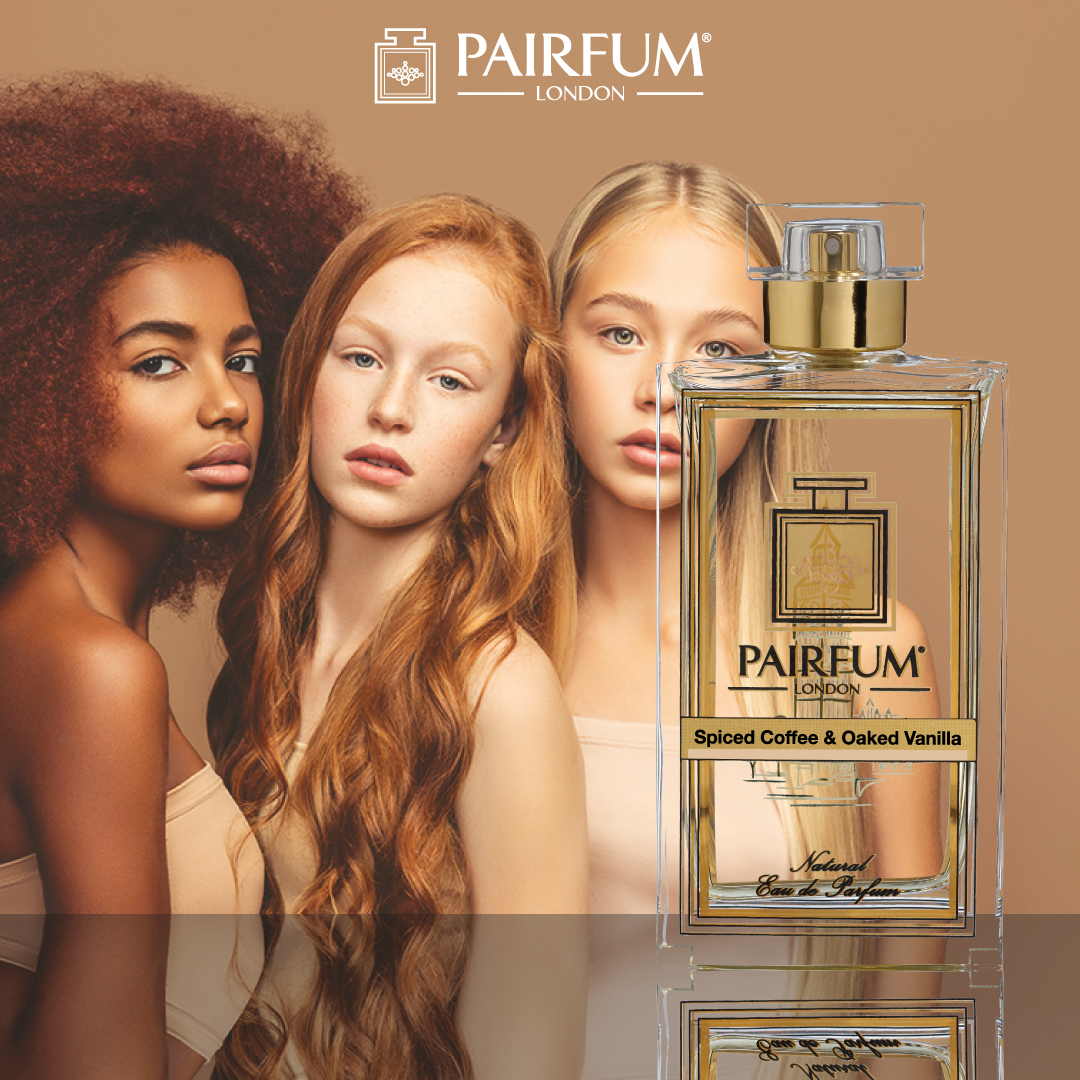
Embrace the Allure of the Orient with Pairfum London’s Exceptional Perfumes
Having explored the intoxicating world of oriental perfume, we invite you to indulge in the masterful creations of Pairfum London, where you can immerse your senses in the lavish blend of exotic scentscapes.
As a boutique perfumery house revered for our refined taste and sensitivity to the ‘zeitgeist’ in fragrance, Pairfum London harmoniously intertwines the rich heritage of oriental perfume with contemporary artistry, producing timeless yet innovative scents.
Experience the magic and allure of the East, as each enchanting fragrance beckons you to enter a world of resplendent luxury, evocative aromas, and captivating tales. Indulge yourself in the enchanting oriental perfume collection from Pairfum London and begin your unforgettable journey by exploring our astoundingly diverse range of perfumes now.

